The difference in the air pressure in your house and the outdoors can be negative or positive. Neither is particularly beneficial. Let’s discuss negative air pressure as it relates to…
What Is Negative Air Pressure?
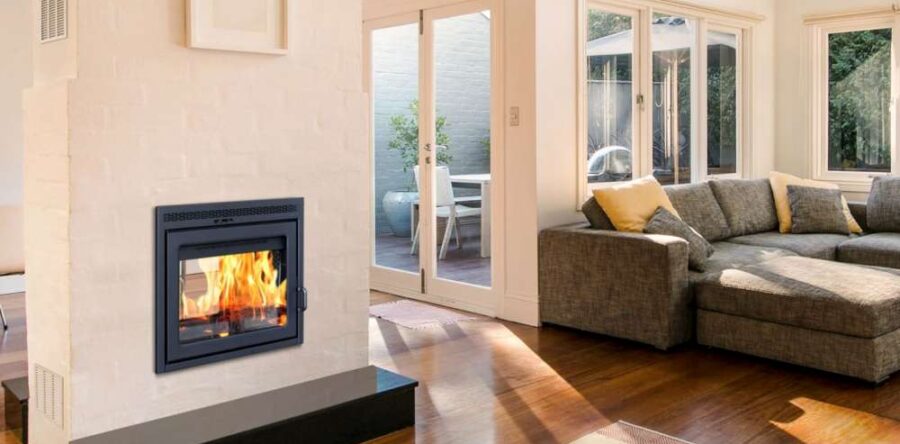

The difference in the air pressure in your house and the outdoors can be negative or positive. Neither is particularly beneficial. Let’s discuss negative air pressure as it relates to…
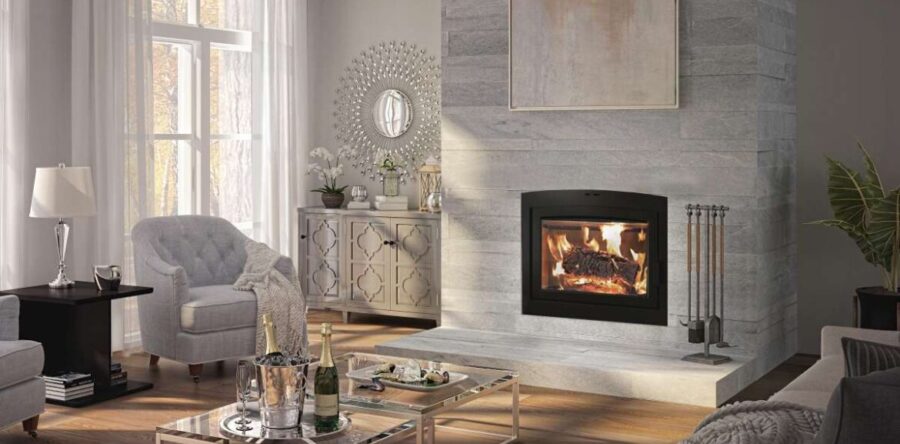
…burning wood. NEGATIVE AIR PRESSURE? Another possibility of a poor draft in your fireplace, stove or insert is negative air pressure. We alluded to this earlier, but let’s discuss it…
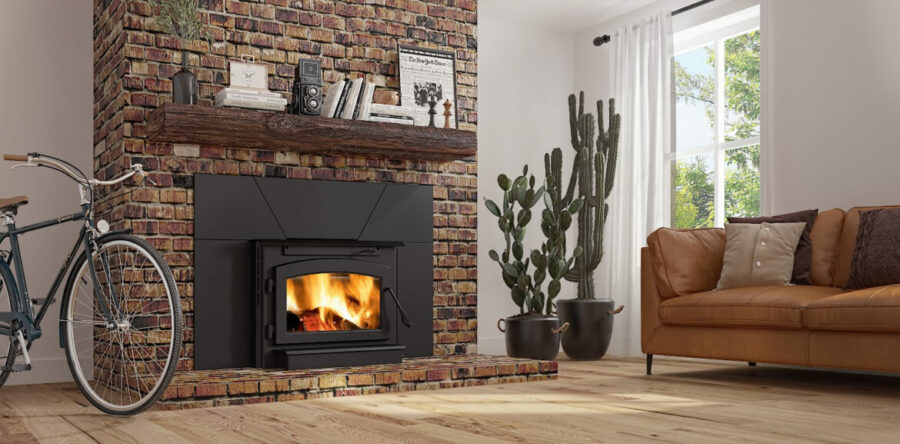
…can happen. The airflow in the flue can reverse, and cold air will spill down the chimney, bringing odors. A quick way to check if negative air pressure exists in…
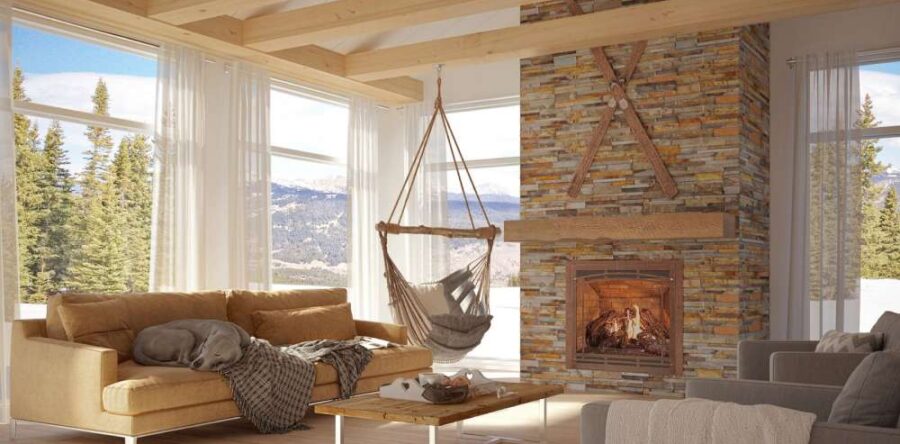
…a window to allow more combustion air to the fire. This technique should help getting a draft established. (See also: What Is Negative Air Pressure?) If negative air pressure is…
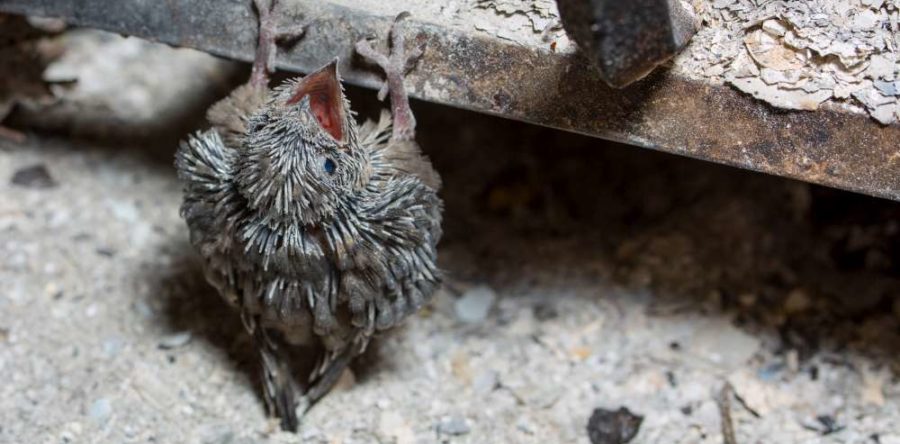
…indicator that your home has negative air pressure. Alterations to your home such as remodeling, weatherizing and adding a venting system can all result in negative air pressure. When a…

…creates air movement. As this moving hot air carries the by-products of combustion out of the house, more oxygen-rich air is pulled into the firebox. This air feeds the flames…
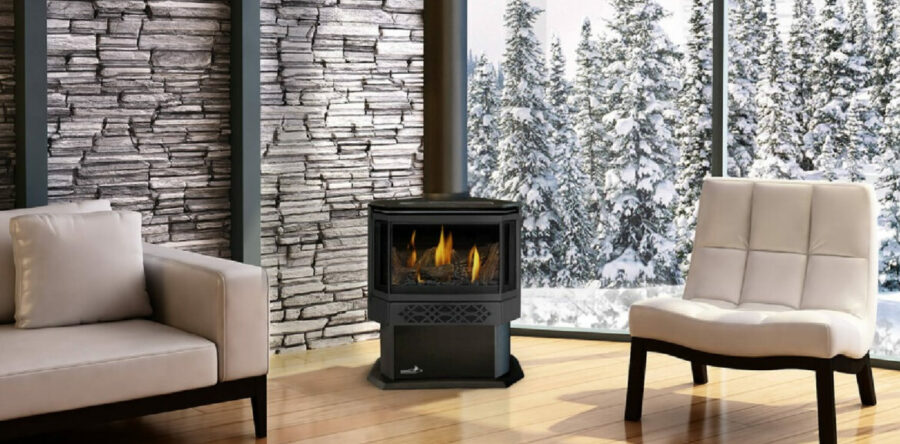
…cause a periodic downdraft. But a negative air pressure condition will draw a constant stream of cold outside air spilling into the room. Wood Fireplace Ambiance Flair GAS FIREPLACES Occasionally,…

…warm air is less dense than colder air, rising heat creates air movement (known as drafting) that carries the by-products of combustion out of the house. The effectiveness of the…

…homes. Today’s homes are tighter in construction and there’s less air to replace the air consumed during combustion. The places that suffer most from negative pressure are basements. Also kitchen…
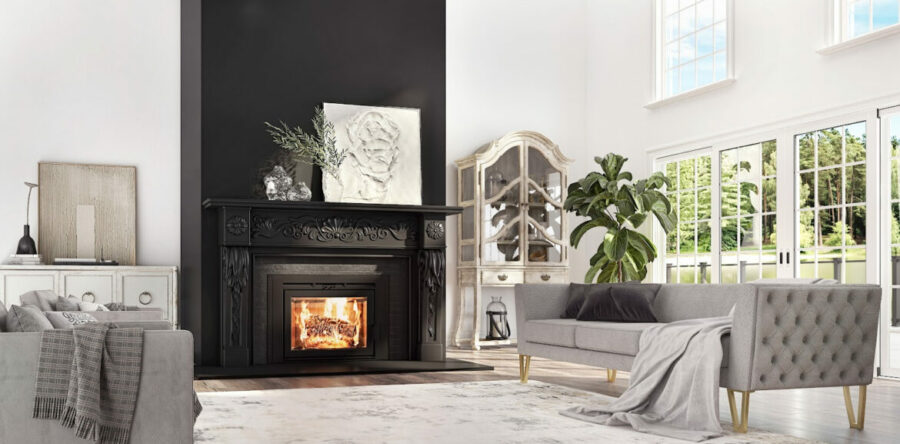
…(that is, where the actual fire is burning) and the top of the chimney. The warm air from the fire and this difference in air pressure creates air moving up…
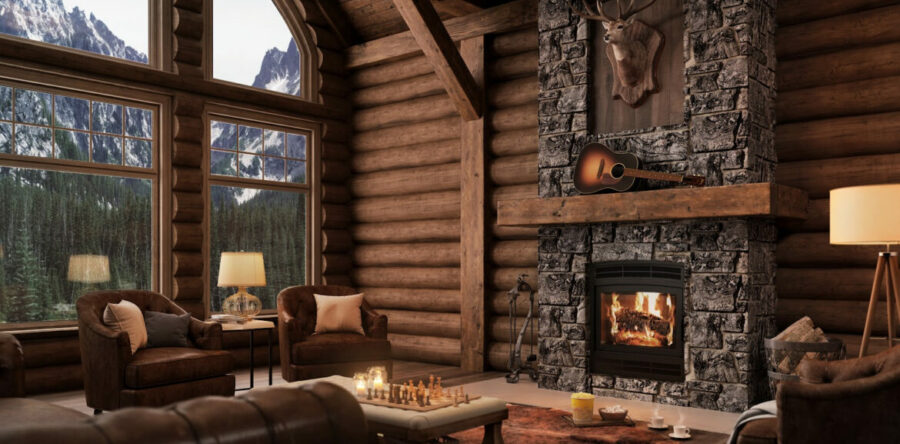
…problem with the chimney flue. It could be a negative air pressure situation. Or, it could be an operator error. Regardless, it’s a serious situation, and you may need a…
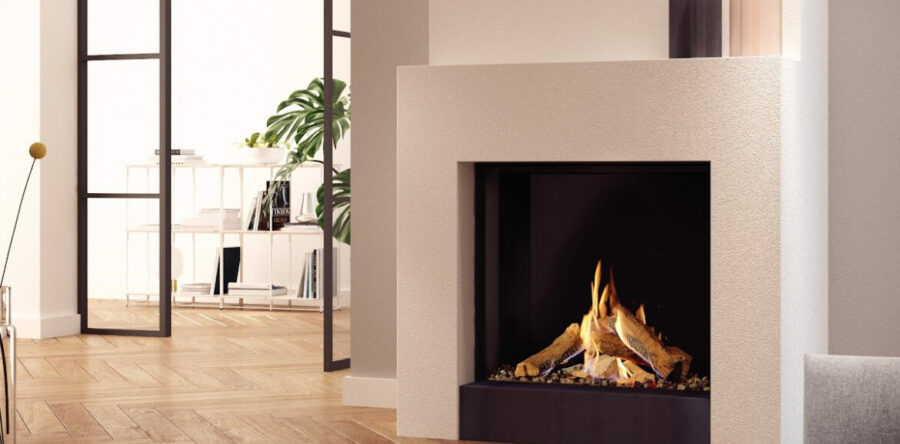
…walls with air flowing between). As the burner heats the inner wall, circulating air draws this heat and transfers it into your room. Airflow: A small fan beneath the burner…
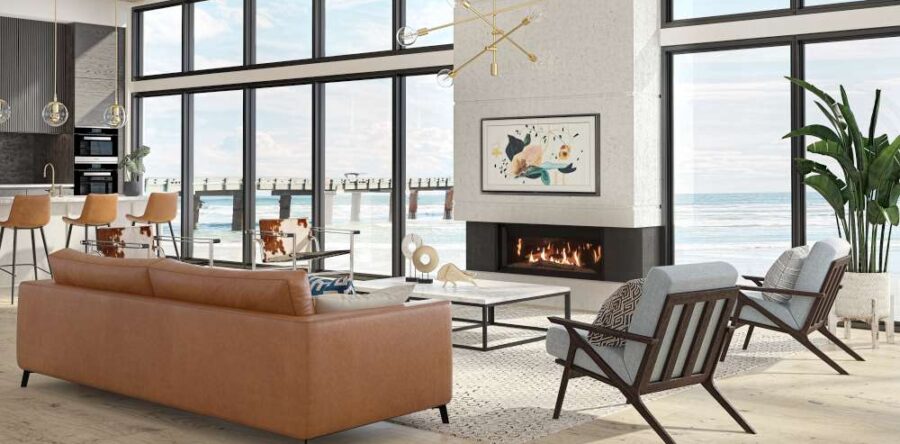
…process. This means that the air for the combustion process comes from outside, via a special vent pipe. Inside room air is not used for combustion purposes. Only air from…
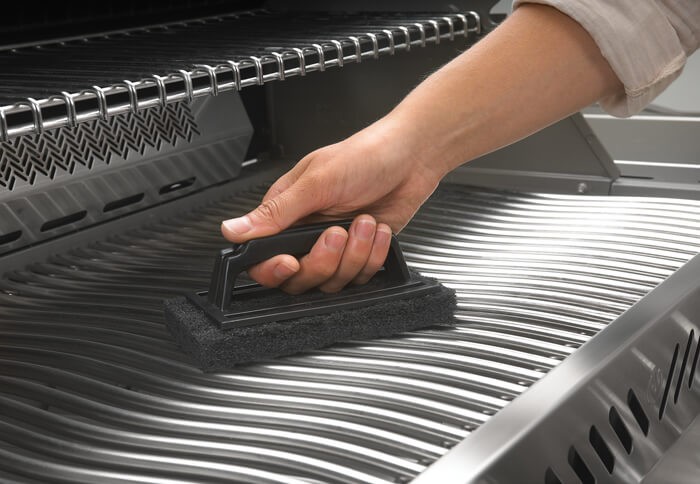
…is next. Turn the gas off, and test the ignition button to see if it makes a spark. If it does and lights correctly, and the pressure regulator on the…
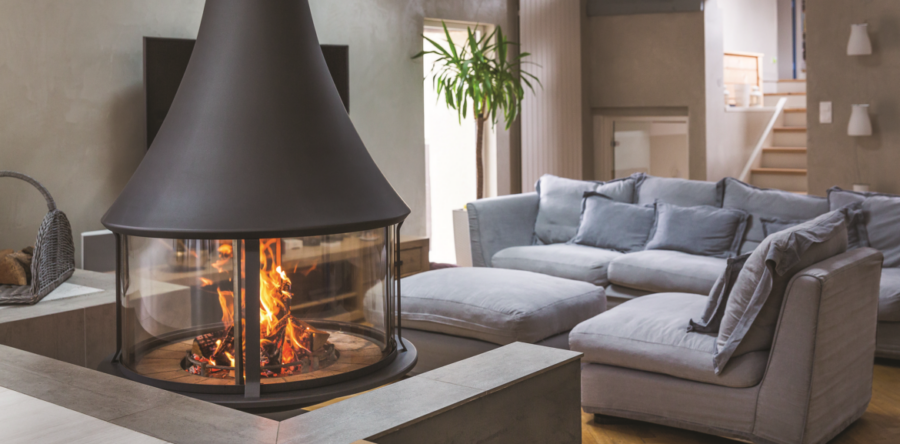
…insert are your best option. These doors help provide long burn times by keeping air from slipping around the glass. A primary air control provides all air supplied to the…
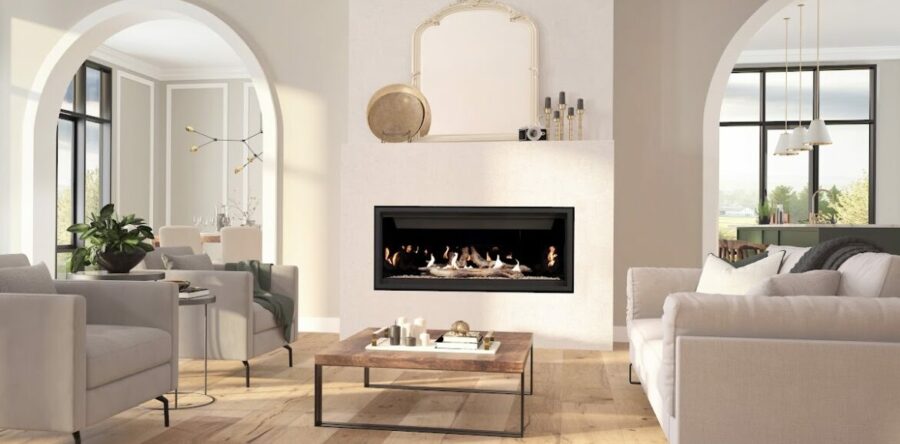
…widely used and popular. At normal temperatures and pressures, LPG is gaseous. But, when put under modest pressure or cooling, it changes to a liquid state. LPG is used on…
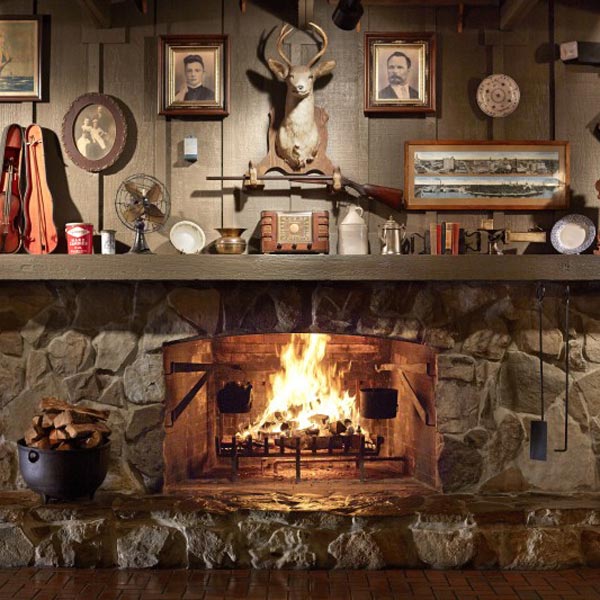
…air can quickly spill down the chimney and into the room. But, depending on the air pressure and air flow in your house, sealing off the fireplace will prevent warm…

…air and is generally bad for air quality. Eco Logs Pressure treated lumber also falls into the NEVER burn category. Pressure treated wood is treated with a variety of chemicals….

…air chambers in fireplaces or stoves, heat is transferred from the hot surfaces to the moving air. The fan circulates this warmer air through the appliance and back into the…
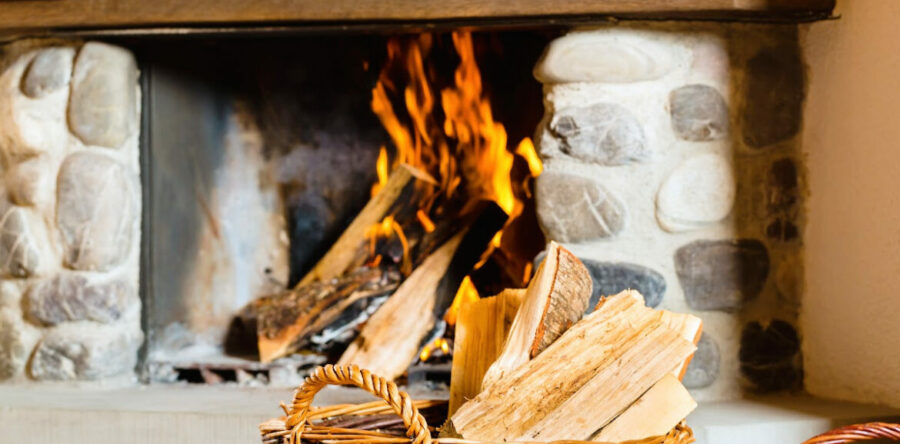
…to be burned with the doors closed tight. FIREPLACE DAMPER VS. AIR CONTROL EPA-certified fireplaces have primary air controls that allow a specific air volume into the firebox for efficient…
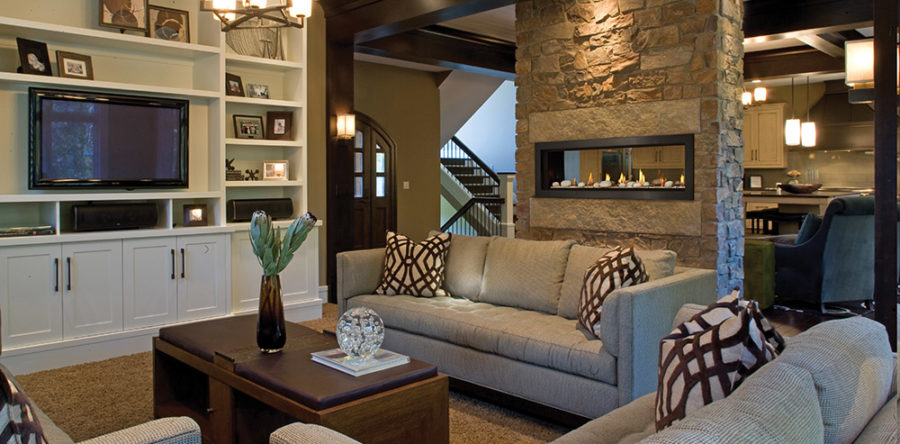
…from combustion out of the firebox, to atmosphere. The larger outside pipe, normally 7 or 8 inches in diameter, brings outside air for combustion purposes into the unit. Direct vented…
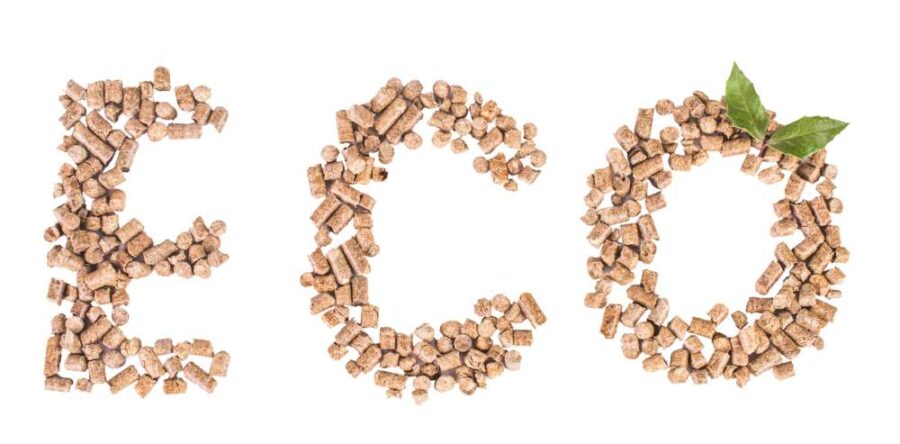
…standard and consistent size so they can pass through the pellet processing equipment. The next step is actually pelletizing these wood fibers. Under extreme pressure, the fibers are heated up…
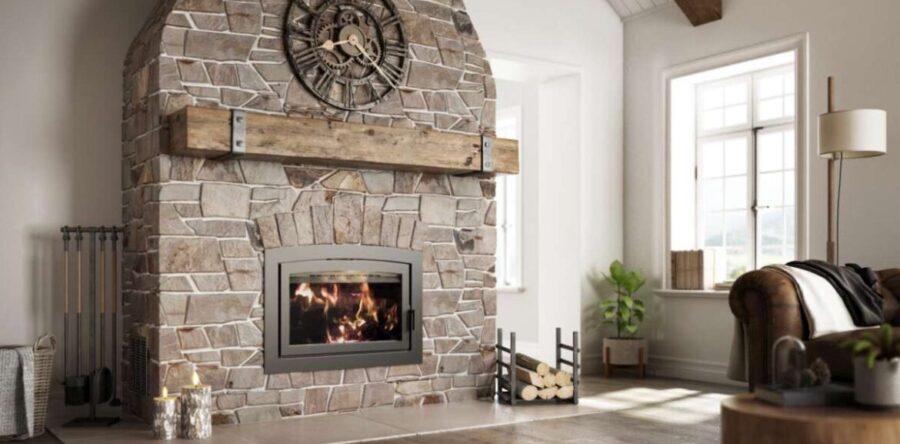
…to burn effectively. It will smoke and smolder. An open-burning masonry fireplace has no control on the amount of air to the fire. It uses room air for combustion, air…

…then a mechanical make-up air system should be installed and interlocked with the range hood. It results in an equal amount of air that is brought into the house. Neutral…

…pushed up against it in an attempt to reduce the cold air spilling into the living room. Does any of this sound familiar to you? If so, you have several…
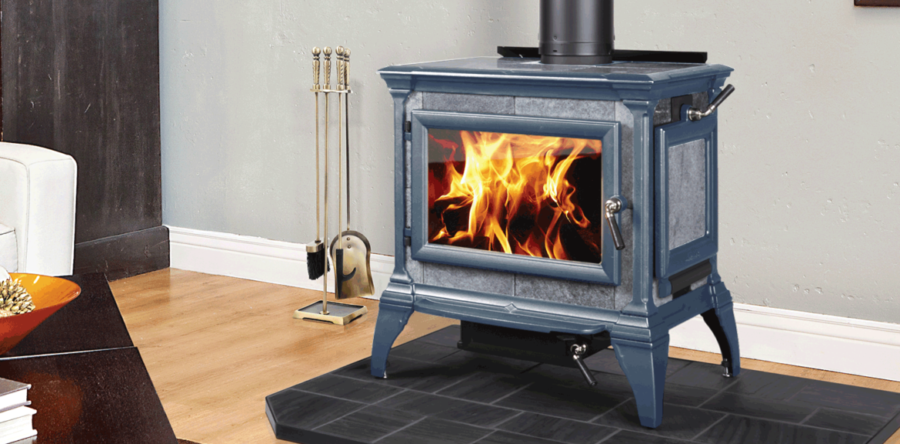
…to avoid smoke in your house. Air intake: high-efficiency units are provided with an adjustable air intake. You should follow correct fire-starting procedures to avoid draft problems. But we can…
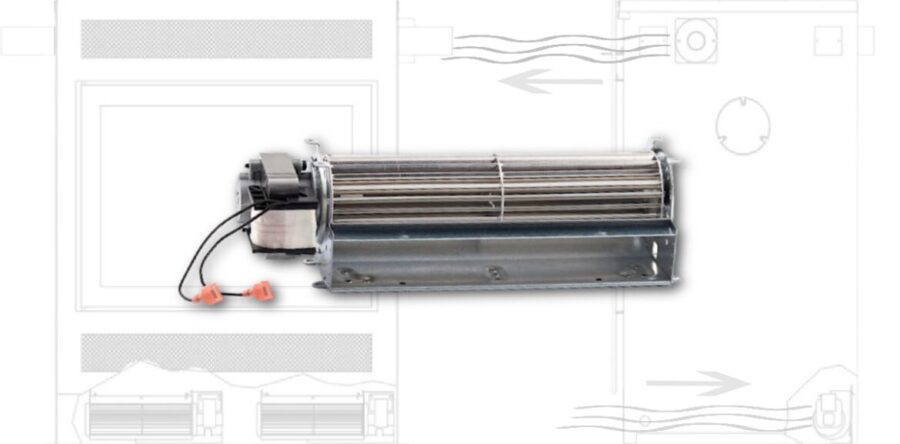
…use a convective air chamber that is designed within the appliance to house a blower. As the fan draws heavier, cooler air from the floor, the air is heated in…
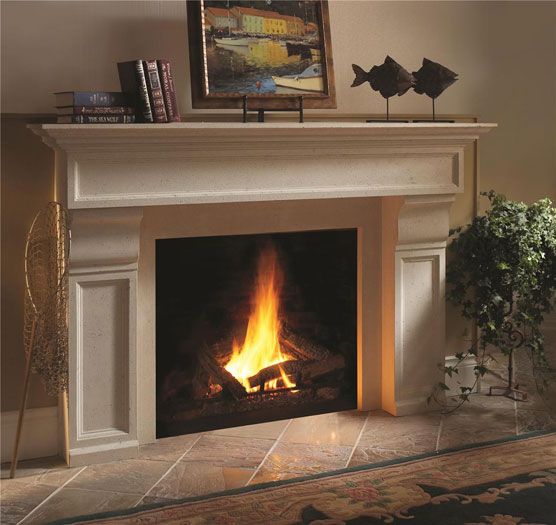
…is not in use. Cold air is denser than warm air, and so warm air rises. That being the case, it isn’t always easy for that warm air to escape…
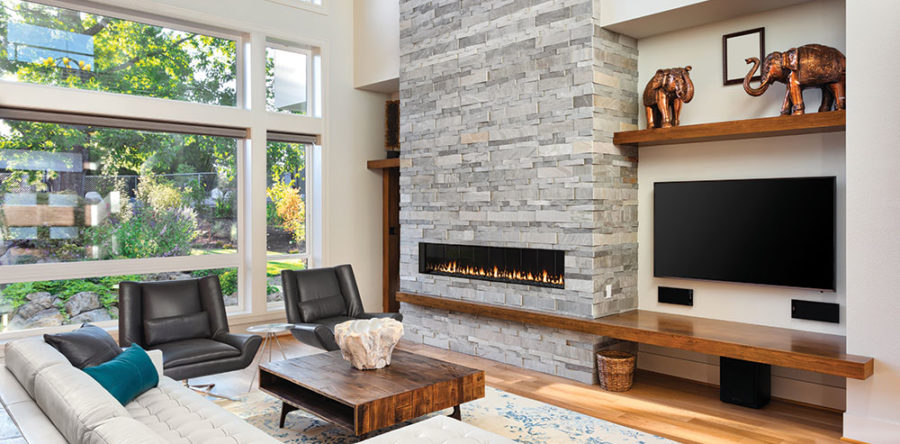
…gas will not be consumed. Low levels of combustion air will yield a flame that is too yellow and orange. Inadequate air is guaranteed to produce soot. Too much air…
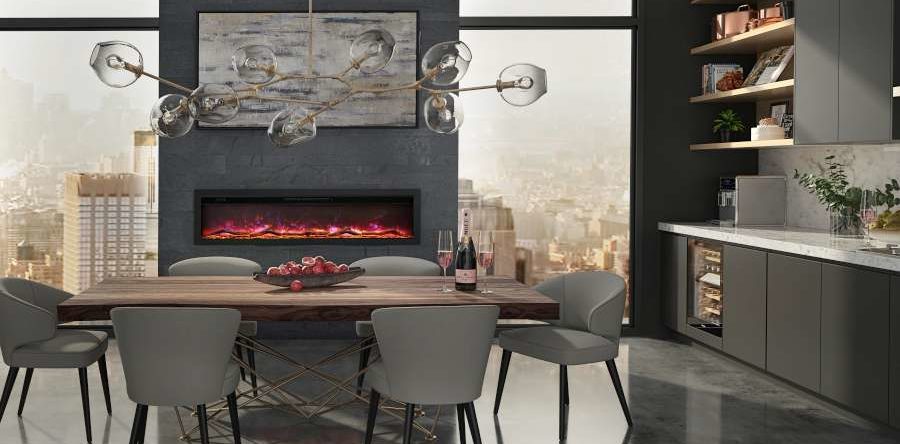
…comfortable in the both heating and cooling seasons. Most people think the term “air conditioning” implies cooling the air inside a building. To many industry professionals, “air conditioning” means altering…

…your preferred level of comfort, it’s essential to calculate the strength (or amount of energy) needed to condition the air to perfection. Use a BTU calculator to figure out what…
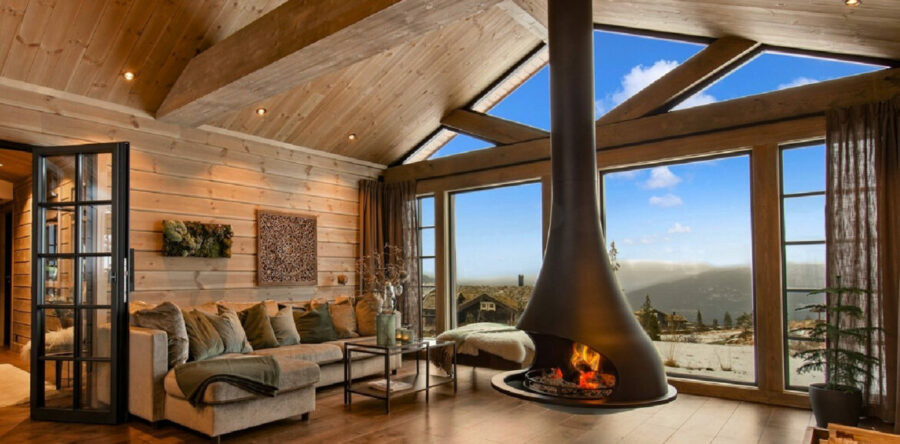
…pottery can add a grounding and natural feel to the space. For example, a wooden coffee table can bring warmth and texture to a room. Air: Air elements such as…
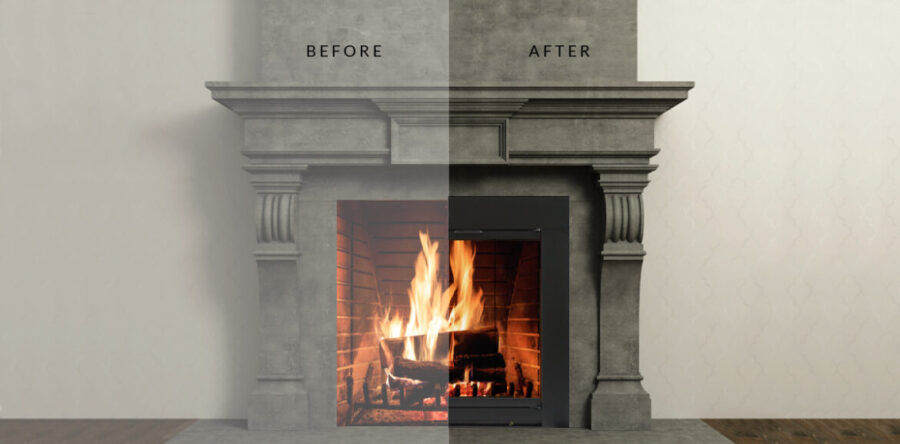
…Obviously, doors are not the only control for combustion air to a fire. The primary air control on the fireplace is the means to do this. But the primary air…
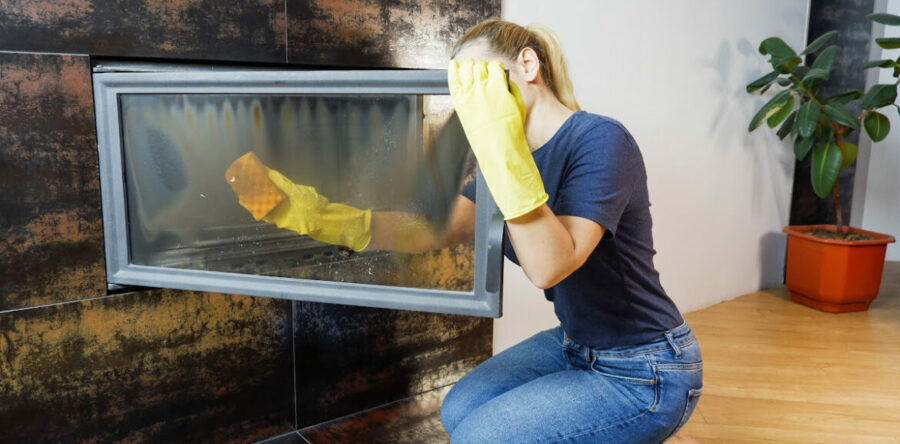
…and the heat quickly warms the air inside the fireplace. Warmer air has more moisture than cooler air. One of the by-products of combustion is water vapor. As the water…
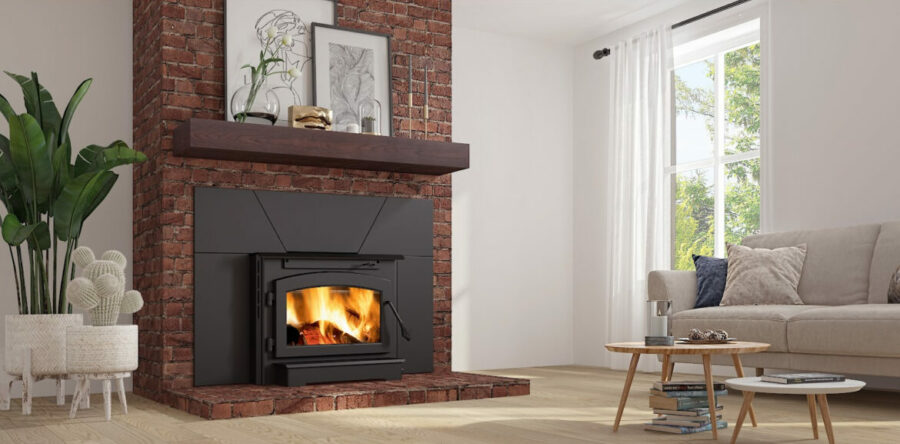
…biggest negative with electric hearth products is the amount of heat from the appliance. But, depending on your situation, an electric fireplace or stove would be a great choice. Amantii…

…Cleaning Checklist Who doesn’t enjoy getting some fresh air after a long winter? A clean home and well maintained property will set the tone for many enjoyable memories outdoors. In…
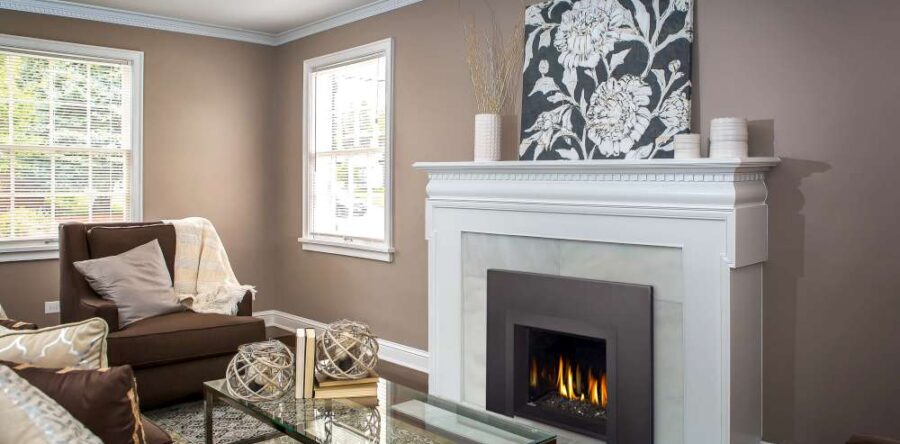
…system since they use a sealed combustion process that brings outside air into the firebox for combustion purposes. Two aluminum liners, either 3” or 4” flexible pipes, are installed up…
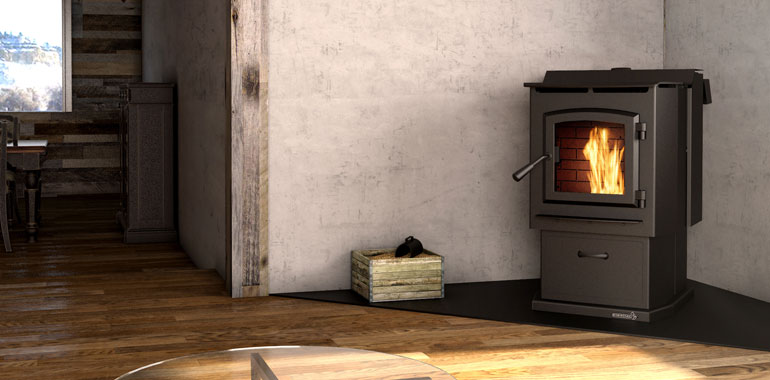
…pellet stoves are dependent on electricity to operate. This is a consideration if you are in an area prone to power outage. A small electric fan blows air through heat…

…goes into extending, pressure testing and connecting a gas line. Analyzing a venting profile, using a manometer, replacing a gas valve or adjusting the air/fuel mix are jobs best left…
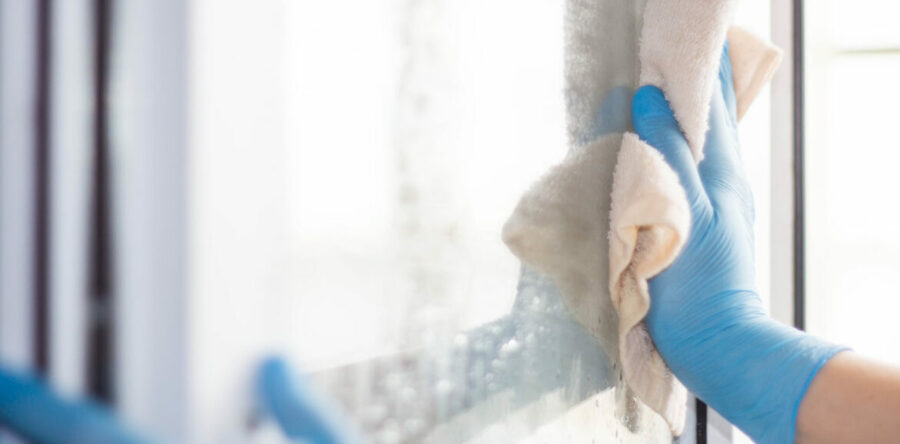
…should be part of the maintenance routine: Checking gas pressure Adjusting the air/fuel ratio Enhancing the ember bed Electronically sniffing for gas leaks Cleaning the inside of the glass PELLET…
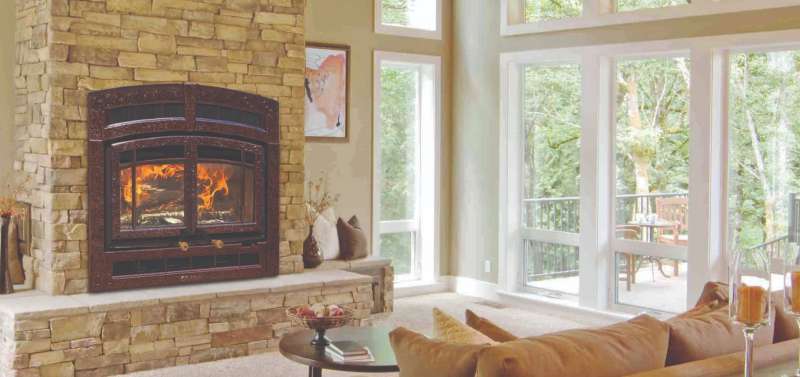
…cause the chimney to heat up, start drafting properly and overcome the cold air impasse. AIR AND HEAT Air and heat are critical to get a fire established. Before you…
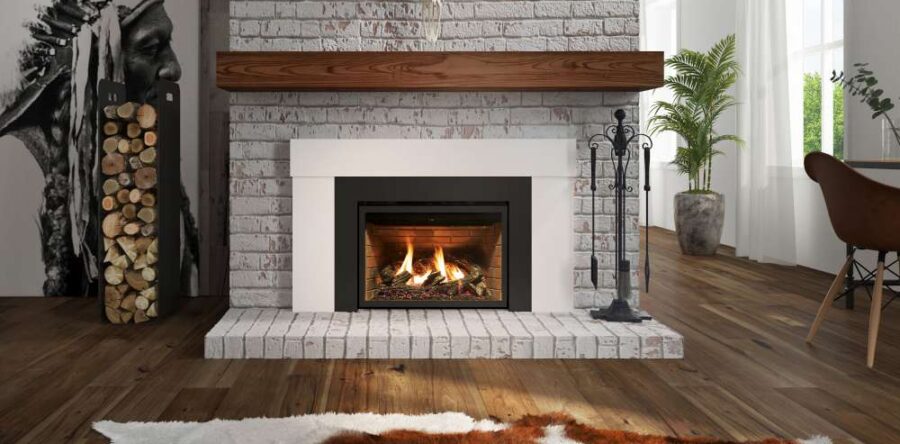
…few models that will be a good fit. Gas inserts are sealed combustion units, meaning they get their air for combustion purposes from the outside, not air from inside the…
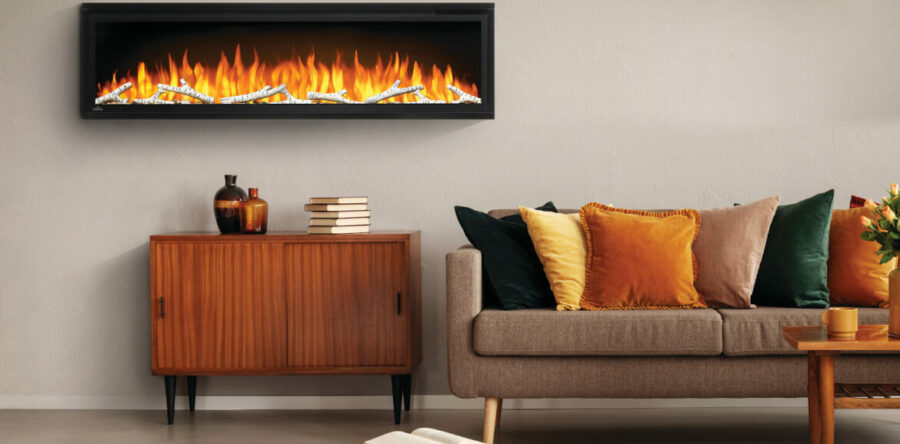
…money on an electric fireplace than a similar size gas model. A gas fireplace is a more complicated piece of equipment with an ignition system, adjustable gas valve, gas pressure…
…adjustable gas valve, gas pressure and air to fuel adjustments, an insulated firebox and a coaxial venting system. The flames and lighting effects on an electric fireplace are basically on…

…a fireplace to operate properly and burn logs to generate heat, a large quantity of air is needed. It can sometimes be helpful to have outside air inlets installed, in…

…There should be no air leaking around the edge of the glass. All combustion air is supplied to the fire via the primary air control and/or an appropriate outside air…
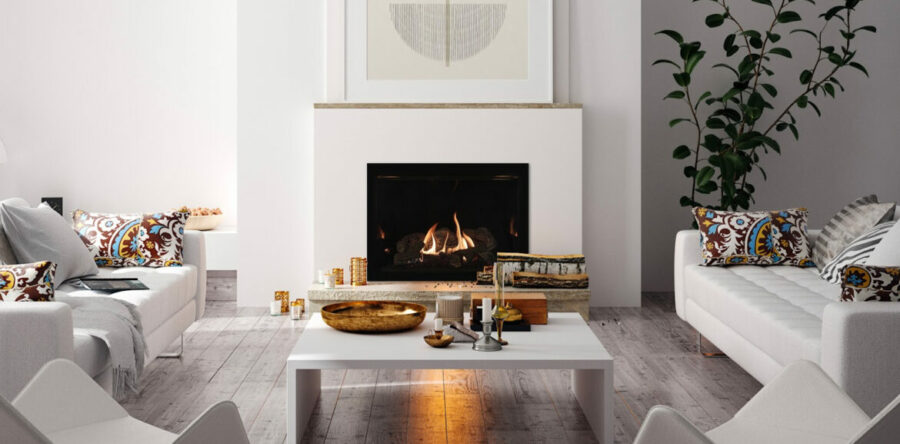
…might be from a lack of return air ducts from the forced-air furnace or just poorly insulated walls and sill box areas. Go for a big burner in the fireplace….
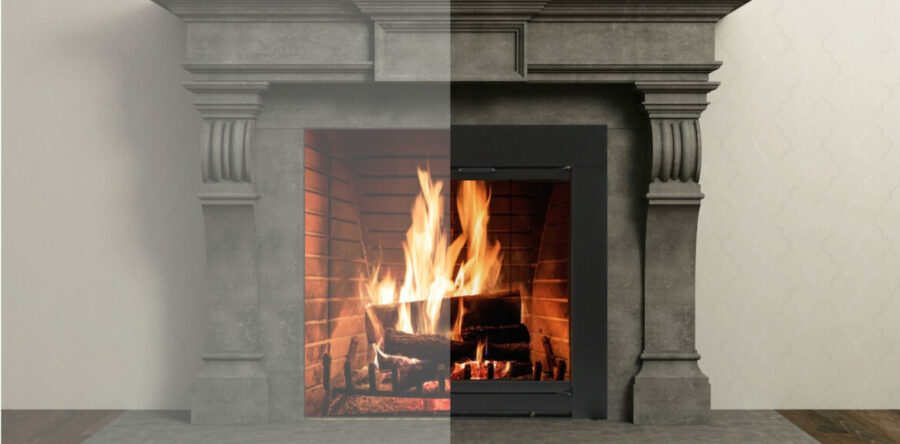
…glass getting to the fire. The air for combustion air is carefully controlled by a primary air lever. Doors for efficient, EPA certified fireplaces and stoves are best replaced by…
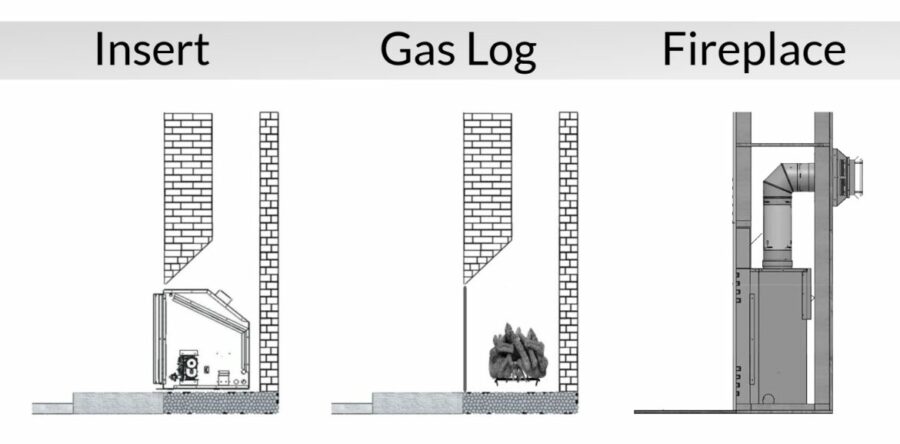
…and air for the fire comes from the outside, via a special co-axial pipe. Room air is not used for combustion, but rather is heated as it circulates around the…
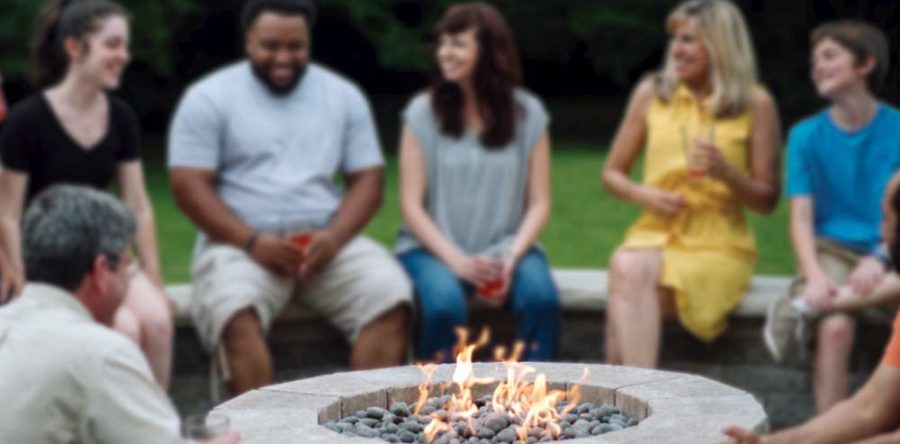
…subjects as electrical equipment and wiring, thermostats, gas appliance pressure regulators, and test pressures and burner adjustments. Any accredited Nationally Recognized Testing Laboratory (NRTL) can be used by a manufacturer…
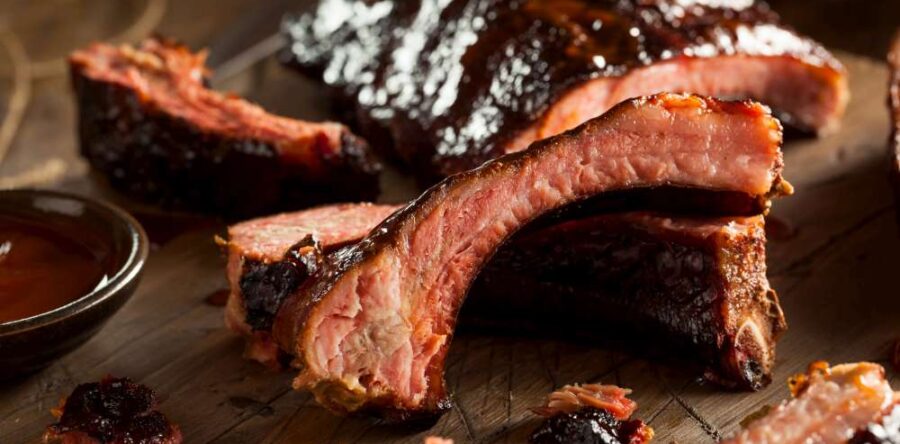
…smoking as it contains resinous sap and will ruin the taste. And I certainly hope you know enough not to use railway ties, pressure treated lumber, or any lumber treated…
…from a cold start, but never burn the following in your wood stove: pressure treated lumber particleboard plywood or chipboard wood with nails or screws dryer lint driftwood painted lumber…
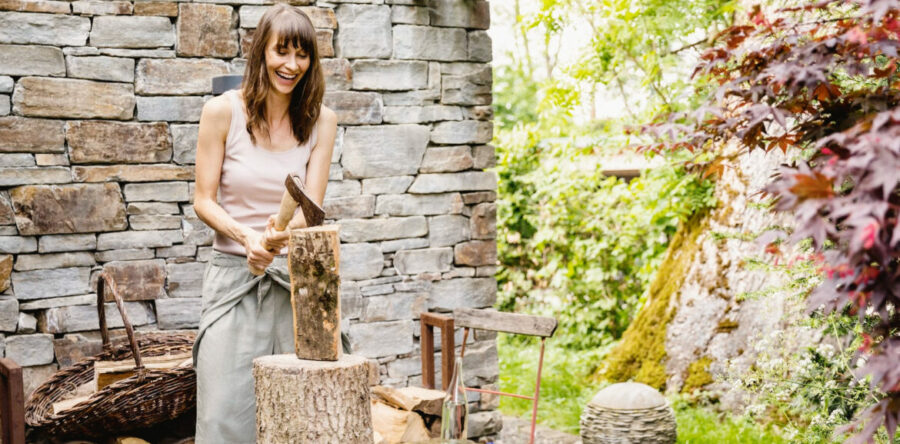
…gas technician before use. They will check for gas leaks, flame impingement, the correct gas pressure, and other items. They will also have materials to enhance the appearance of the…
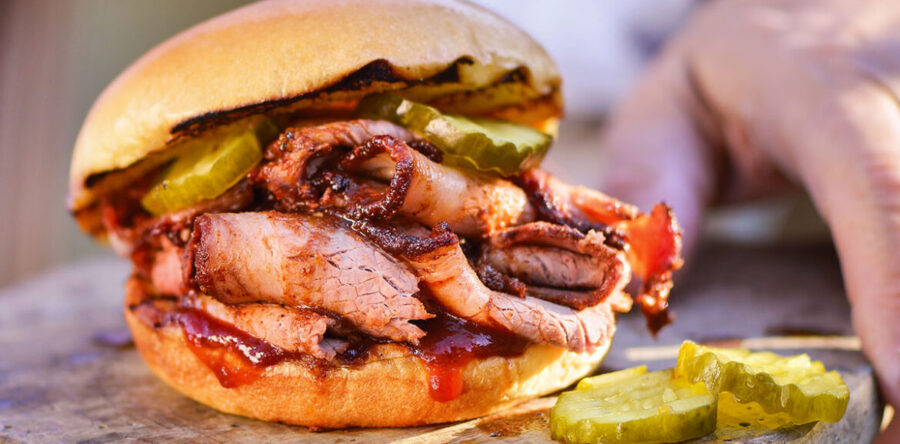
…convection airflow. High heat shrinks muscle fibers that squeeze out moisture, you want to cook your food gently. After the interior temp is close to where you want it, move…
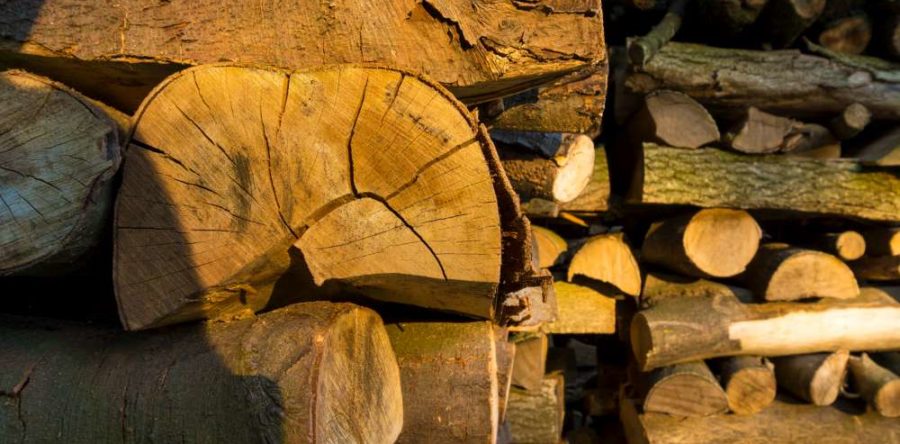
…cause harm to your health. Examples are painted wood, wood that’s been pressure treated, driftwood, chip board, or wood with nails or screws still attached. You can burn both hardwood…

…and get rid of the unnecessary, we also remove a lot of pressure. Instead of trying to throw the perfect party, focus on creating a comfortable, happy atmosphere. Even if…
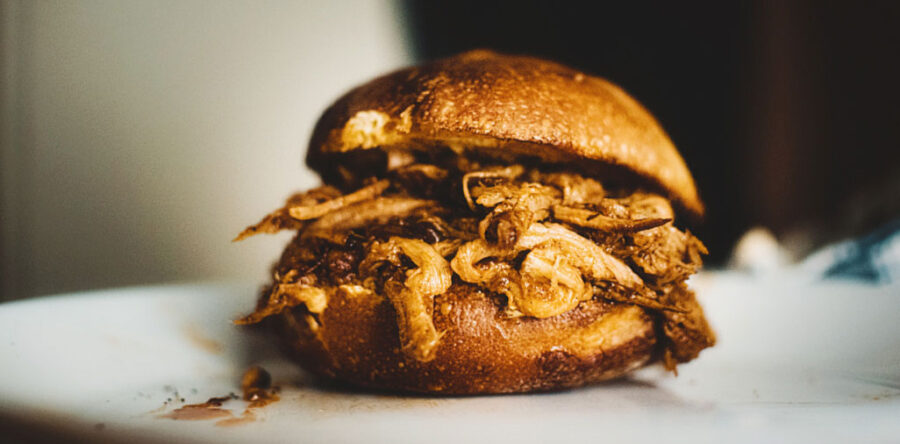
…The only way to eliminates all microbes and toxins from food is to pressure-cook it for hours and consume it immediately. But then again, nobody is coming over to eat…
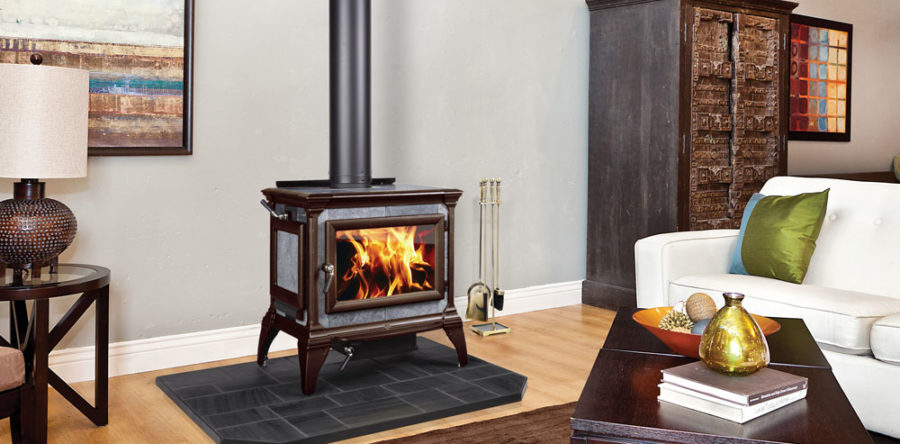
…long ago, it was under incredibly intense pressure and heat. 5 Reasons for Soapstone, in more detail 1-Durability A stove with a soapstone firebox lasts longer than cast iron, steel,…
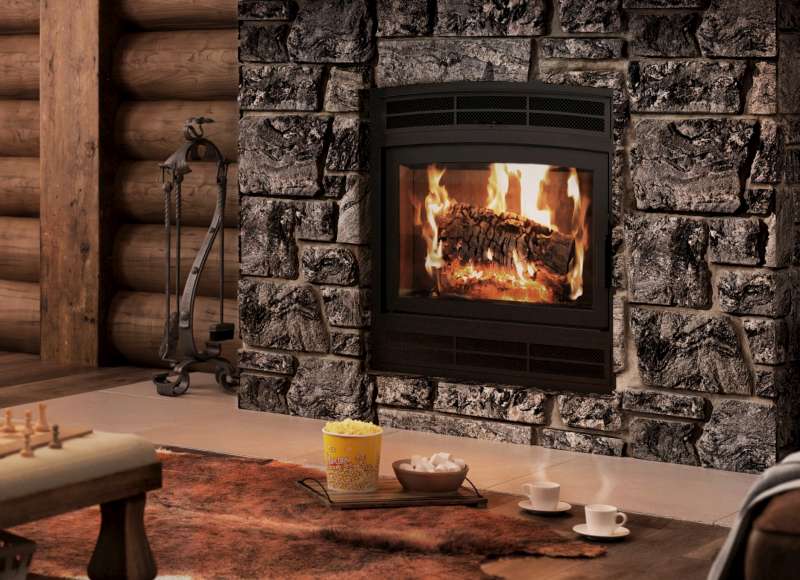
…Fair Many Fair Pine, White 15.9 2250 Easy Poor Moderate Fair Pinyon 27.1 3000 Easy Fair Moderate Good Red Cedar, Eastern 13.0 2060 Easy Poor Many Fair …
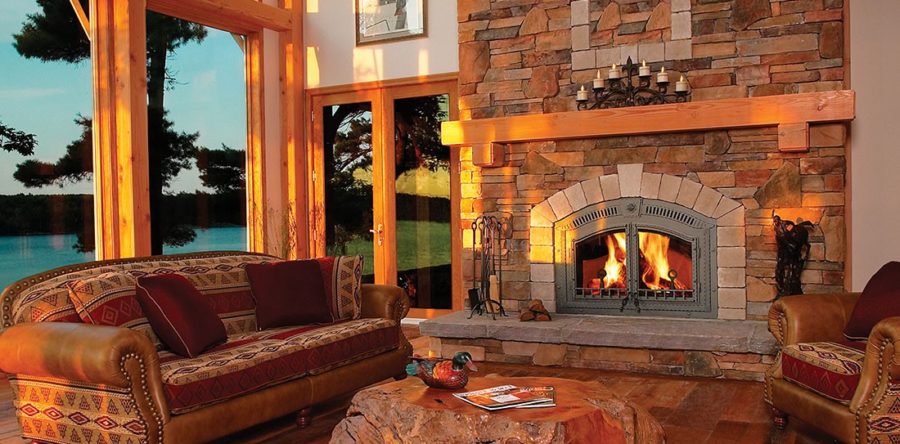
…manufacturer. Wood Boilers and Warm Air Furnaces Wood boilers and warm air furnaces are also subject to a regulation on their emissions. Since May 15th 2020, new lower Step 2…
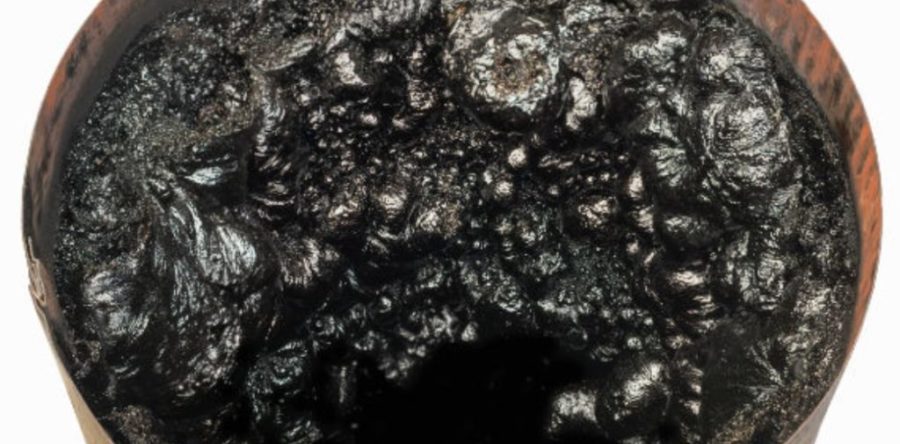
…your fuel. Another thing you can do to prevent creosote from building up is to be conscience about the amount of air you are allowing to the fire. Air flowing…
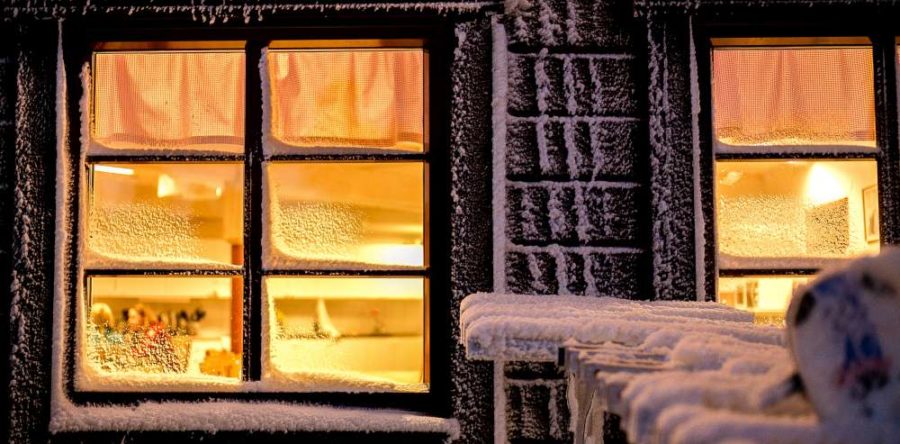
…that noticeable. In cold months, they will be much more perceptible. Improper seals bring in cold air and let warm air escape, resulting in higher heating costs. Apply a good…
…of your conventional forced air furnace. The furnace fan blows air through the heat exchanger and the warm air is moved through the house via the ductwork. All five of…
…a lack of return air ducts from the forced-air furnace or just poorly insulated walls and sill box areas. Go for a big burner in the fireplace. You can always…
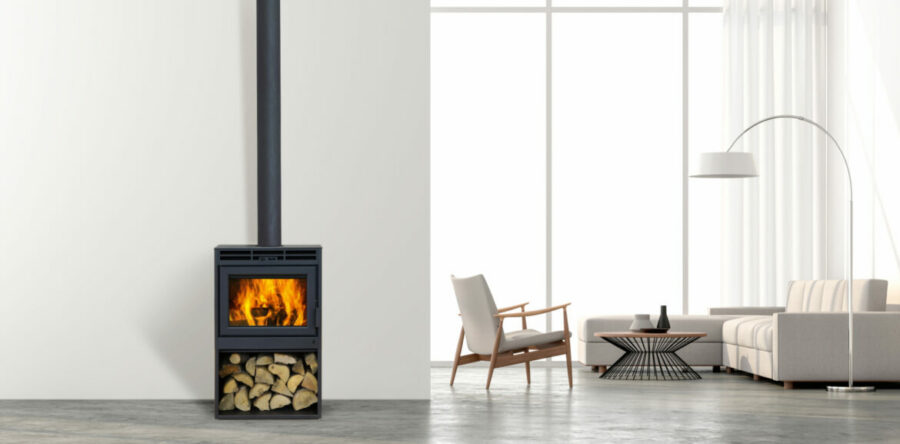
…will check and adjust, if necessary, to ensure the proper air/fuel ratio and gas pressures are correct. Read the owner’s manual and understand the equipment and controls. Like the wood-burning…
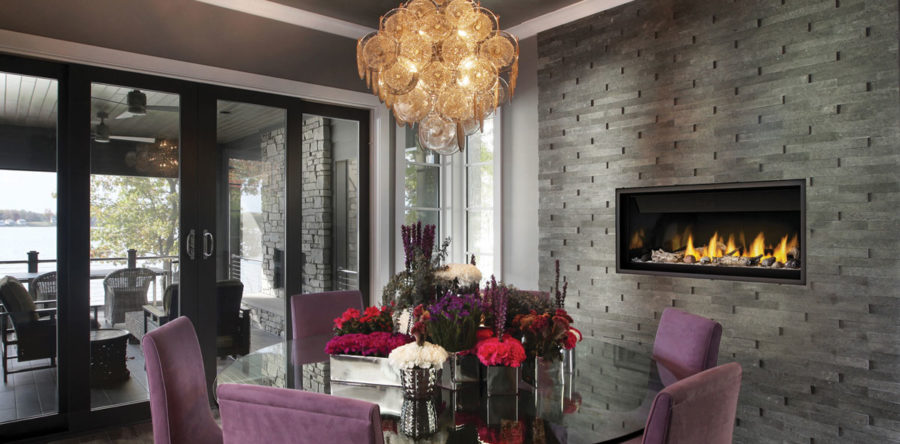
…When activated, this device can blow additional air into the fireplace via the ashtray grate. Lighting a fire has never been easier and faster. Air Wash System for Wood Fireplaces…
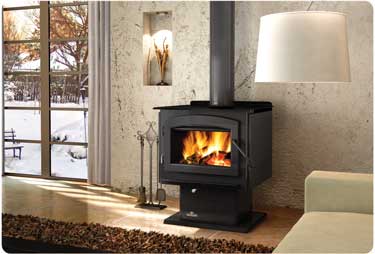
…combustion air, chimney temperatures might not be kept warm enough. More combustion air creates higher burning temperatures. Low chimney temperatures encourage condensation. Other red flags for creosote issues include connecting…
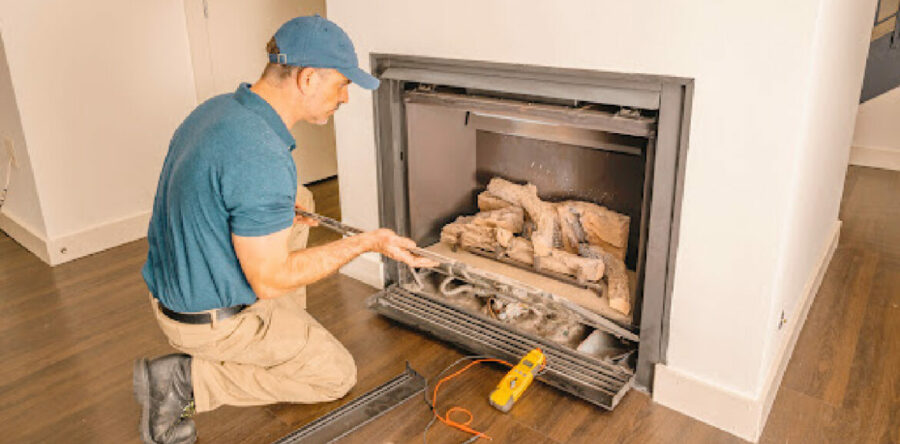
…house current to run. The burner will ignite, but the fan will not move any air. Direct-vented gas fireplaces are sealed combustion units. This means that air for combustion purposes…
Charcoal specific to filtration purposes is called Air, Water, or Vapor phase carbon. They are manufactured in a precise manner to achieve the desired application. Charcoal made for water purification…
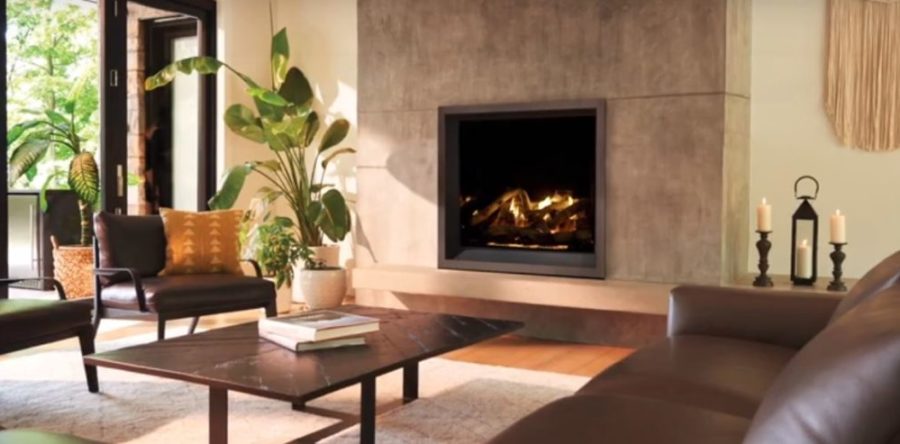
…burn wood more completely, reducing soot and improving efficiency. This also gives you more heat from your fuel. Airflow Is Your Friend: Make sure your air vents are open, especially…
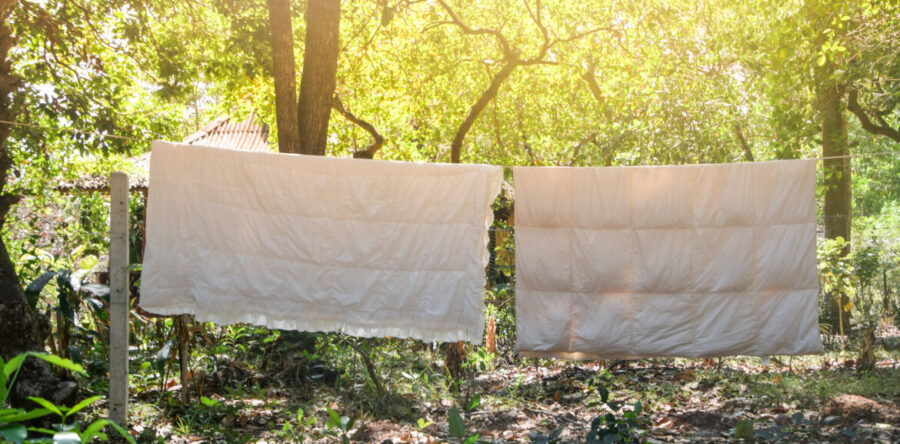
…Air Quality Replace the filter(s) on your furnace or air handler to improve indoor air quality. Open windows on appropriate days for natural ventilation. Consider adding new indoor plants to…
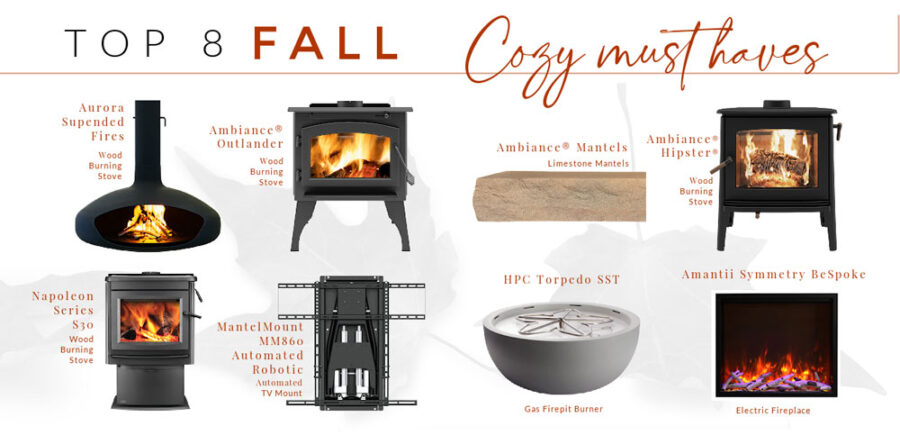
…and circulate air. The view of the fire is especially impressive. Thanks to the latest air wash technology, the ceramic glass stays clean so you can enjoy the show! If…
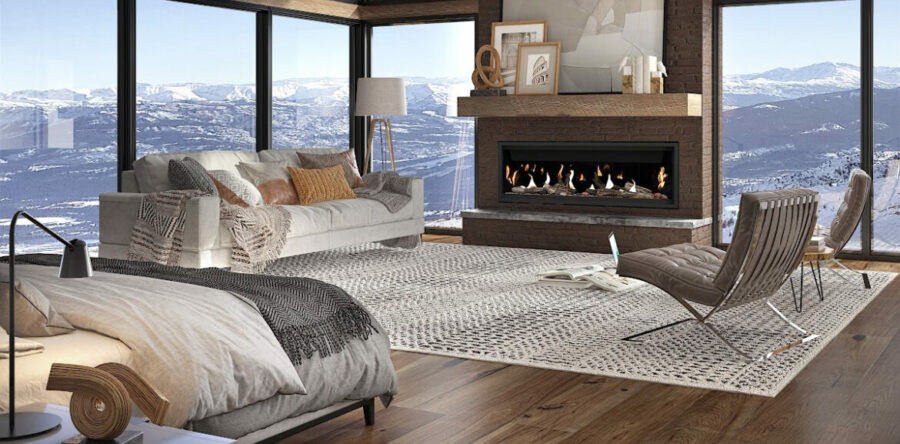
…the blower fan will circulate warm air along with the dust and pet hair back into your living room. Since some people with allergies might react to the odors of…
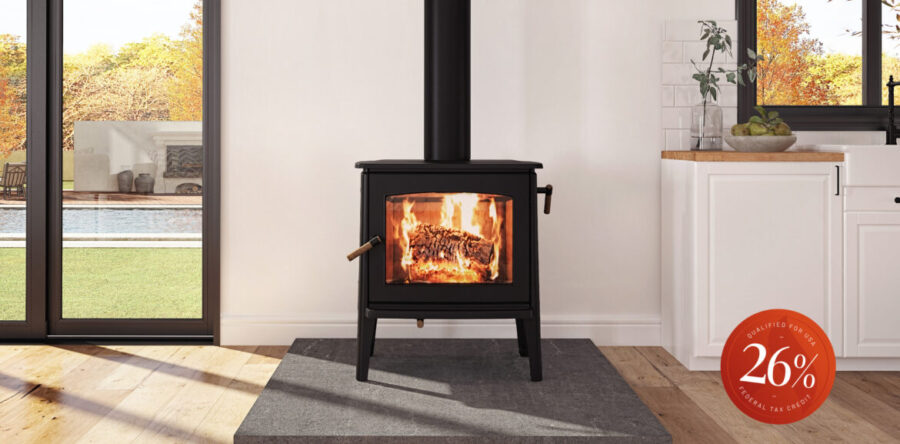
…is easily adjusted with the air control. More air directed to the fire means more heat in your home. By reducing the amount of air to the fire, there’s less…

…air has more moisture than cooler air. As discussed in other articles, one of the by-products of combustion is water vapor. As the water vapor in the warming air comes…
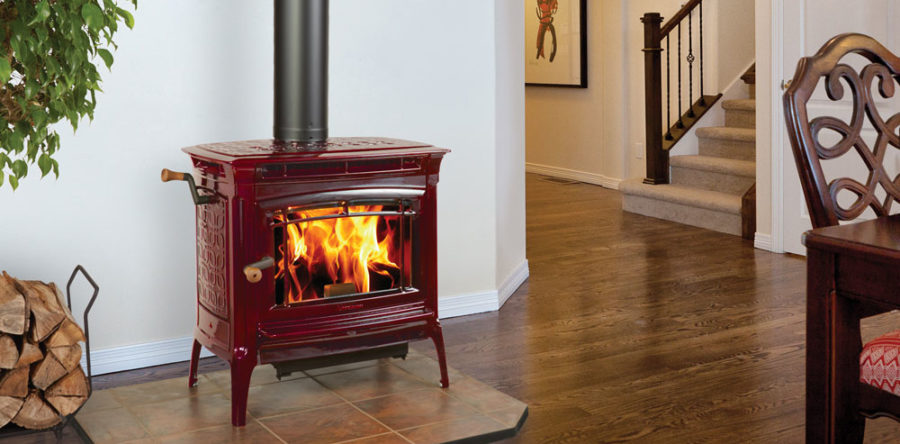
…combine the smoke emitted from combustion with hot air. They burn away more than 90 % harmful by-products. Secondary air tubes generally last ten to twenty years and have various…
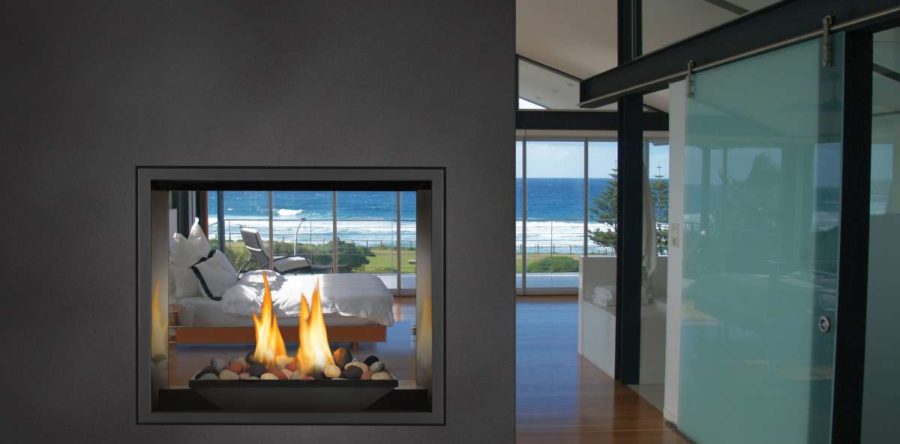
There is a temperature difference between the air inside of the fireplace and the air in the room. Warmer air has more moisture than cooler air. When the fireplace is…
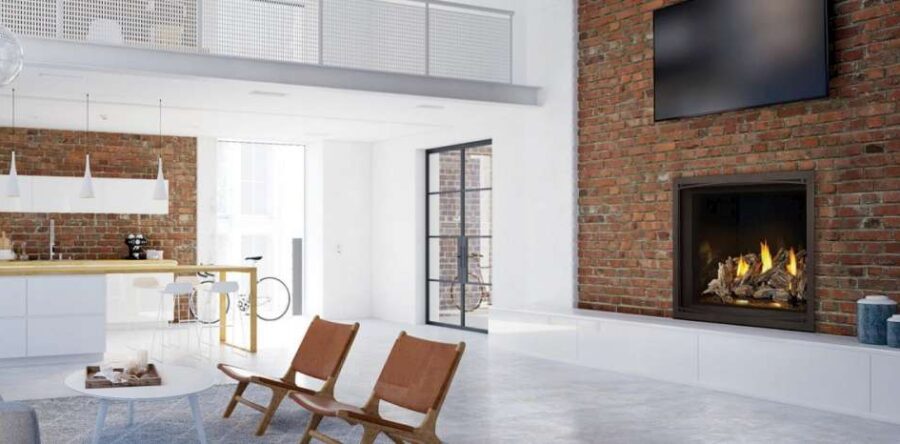
…planning to remodel or build. CO-AXIAL PIPE Direct vented (DV) gas fireplaces and stoves are sealed combustion units. This means that no air from the room is used for combustion….
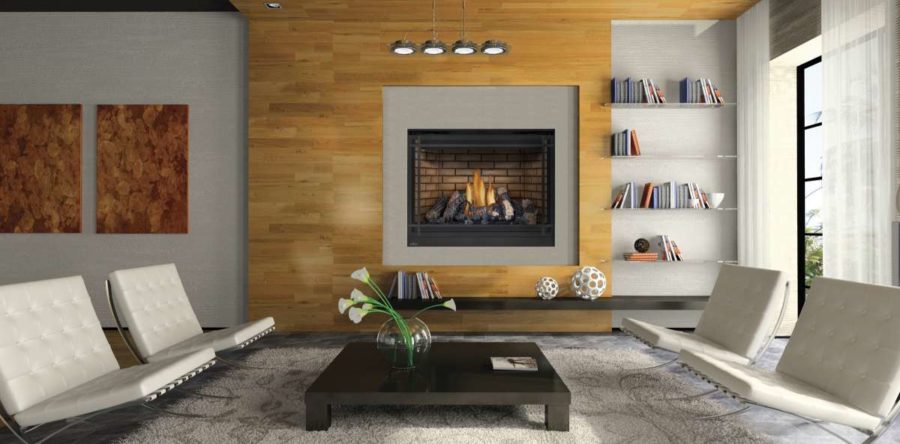
…have some clogged ports. The most common issue is the air to fuel ratio. Not enough air equals excessive soot and blackened glass. If the fireplace is new, adjusting the…
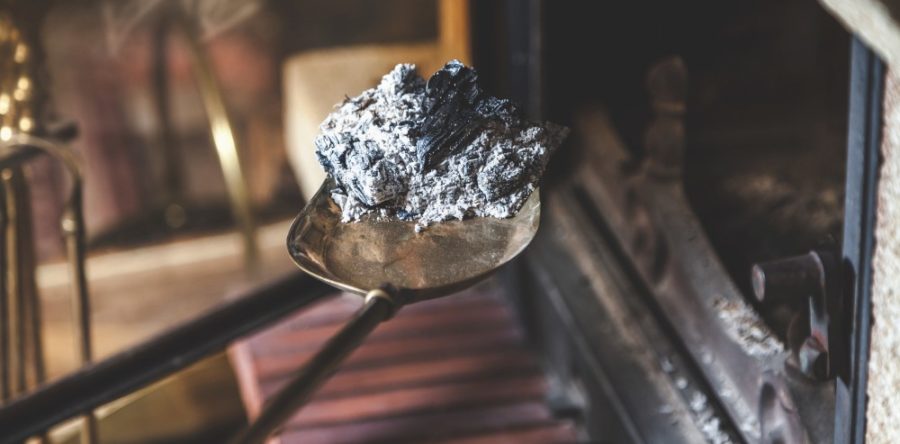
…by expanding them and then closing the device, which projects air into a fire in a neat stream. The air does a good job of stoking a fire without making…
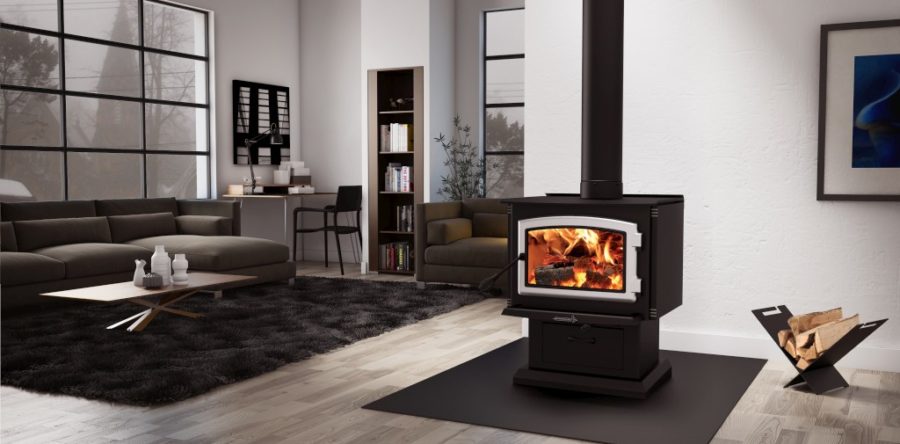
…heating certain rooms can save you hundreds of dollars on your heating bill per year. Radiant heat – Anyone who owns a forced-air heating system knows that the air inside…

…Stove Nectre N65 EPA certified by Ambiance® WOOD STOVES: DECENTRALIZED ENERGY & ENHANCED AIR QUALITY: For centuries, heating with wood was the primary way for people to stay warm. There…
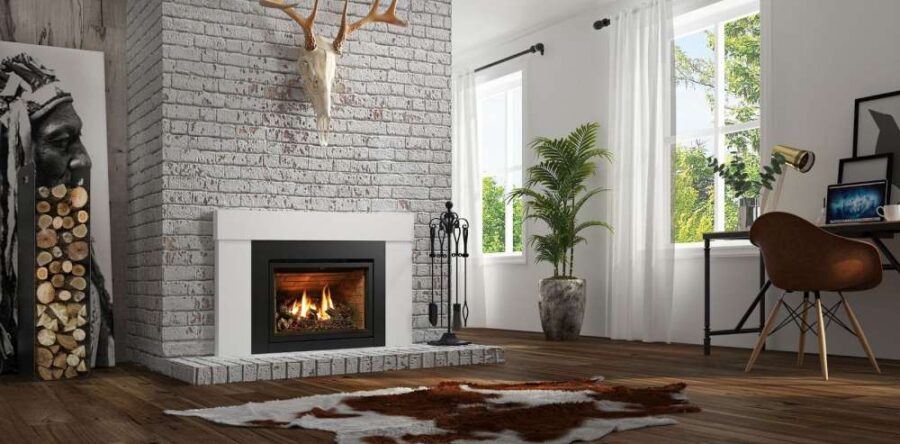
…gas insert is a self-contained, sealed combustion fireplace. A sealed combustion unit means the air for combustion purposes comes from outside, not inside the house. All gas inserts are designed…
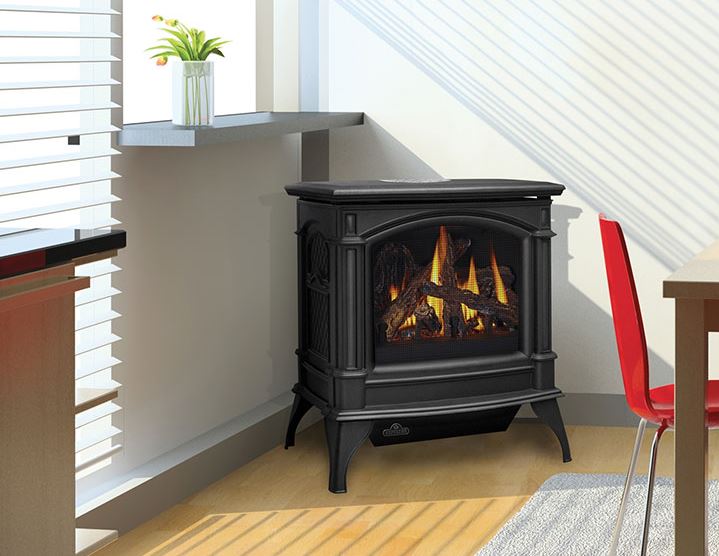
…a convective air chamber. These are specially designed fans that can withstand high temperatures. As the air from the room is being moved through this hot space, the air is…
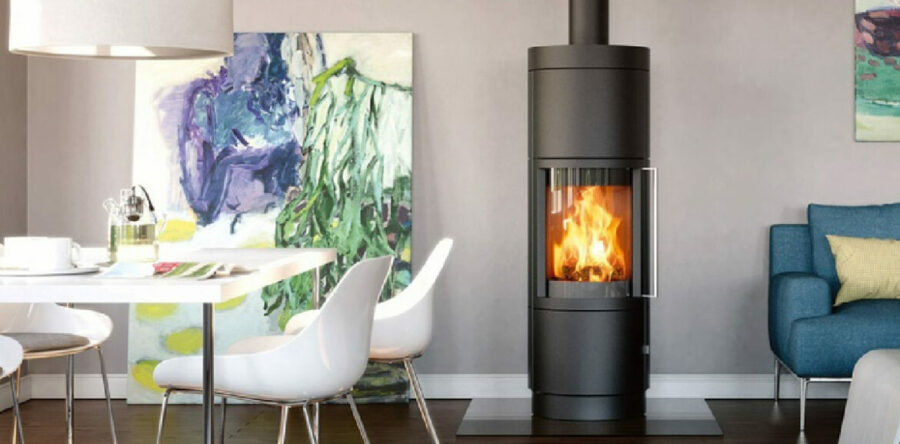
…with enhancements to include forced air wood burning furnaces.(Warm air wood furnace emissions are not included in the American EPA standards.) There is no timetable as to when and if…
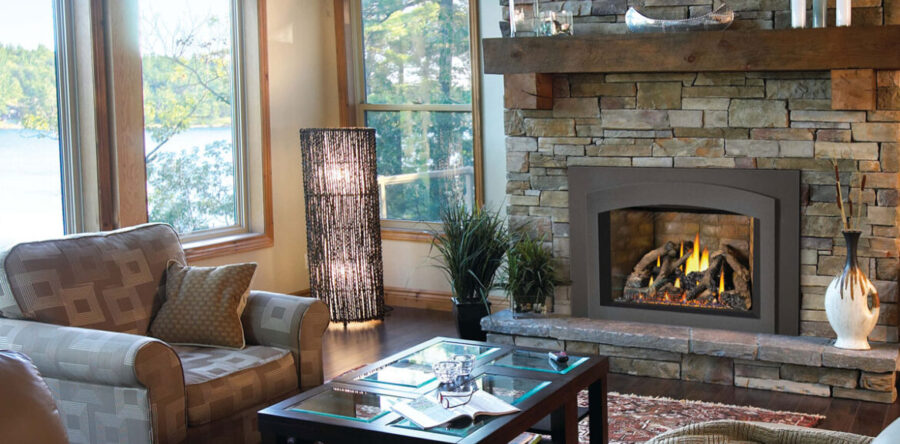
…70’s, 80’s and 90’s, are grossly inefficient by today’s standards. Ineffective dampers that do not seal, inexpensive bi-fold doors that leak air or may be missing all together, no control…

…is the forced air furnace in your house. A heat exchanger in the furnace is warmed up by using gas, oil, wood or electricity. As the fan blows air through…
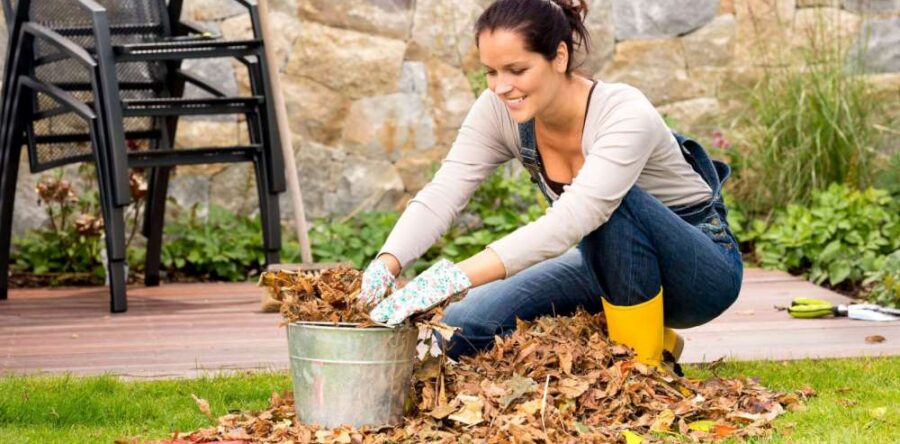
…inspect it and give you a report about its condition. If necessary, repair your chimney so it will be in good condition for the cold season. 3.Remove any object next…
US States Alabama – AL Alaska – AK Arizona – AZ Arkansas – AR California – CA Colorado – CO Connecticut – CT Delaware – DE Florida – FL Georgia…
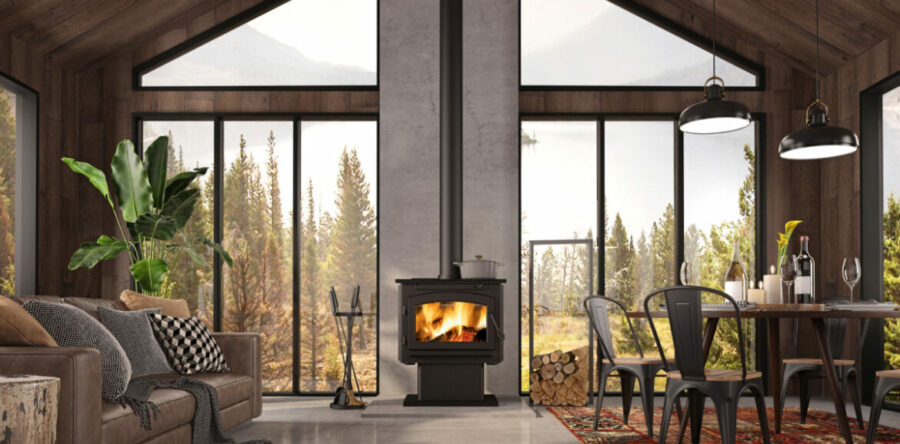
…air pollution. Wood stoves have a lot of bad publicity for the amount of smoke they emit. But modern, EPA-certified appliances have superior airflow and better insulation. That means less…

…never burn because toxins are released into the air. Always avoid burning plastics, rubber, driftwood, plywood, particleboard, any treated lumber, and any wood containing glue. Steer clear of tinted or…
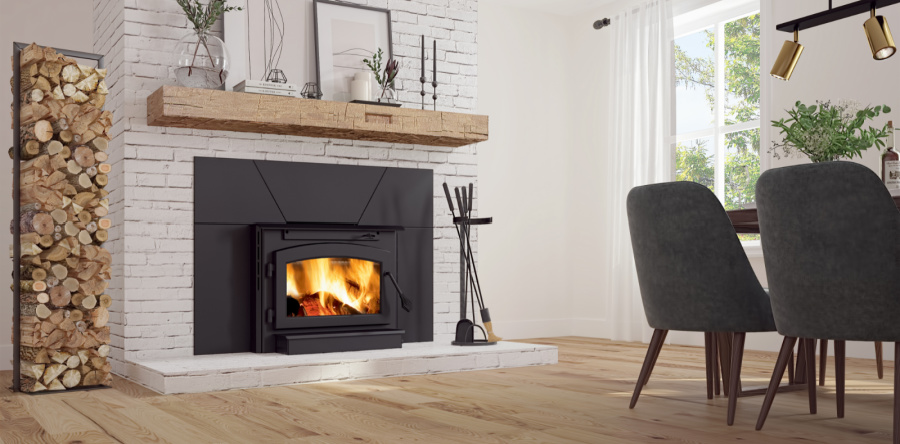
…insert is simple. Most inserts provide a conveniently located primary air control. Typically it is an easy-to-use slide or knob. By turning or sliding this control, more air means a…
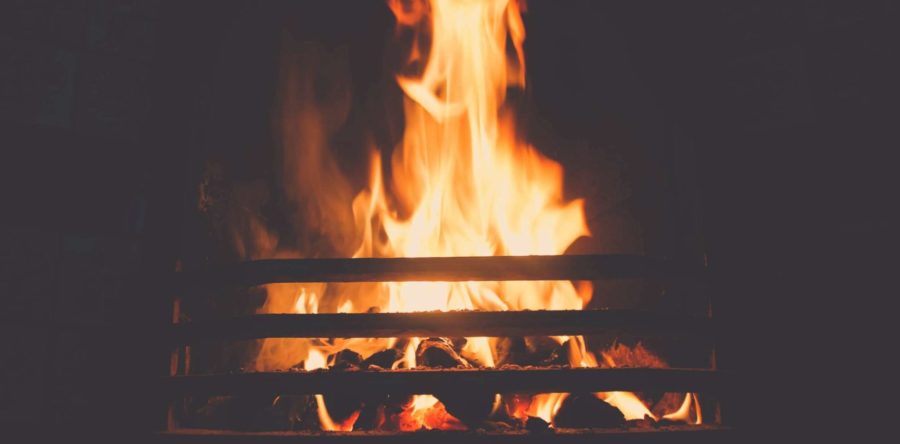
…home is very airtight, your fire may struggle to keep burning because of a lack of air. Fires need to draw a large volume of air from your living area…
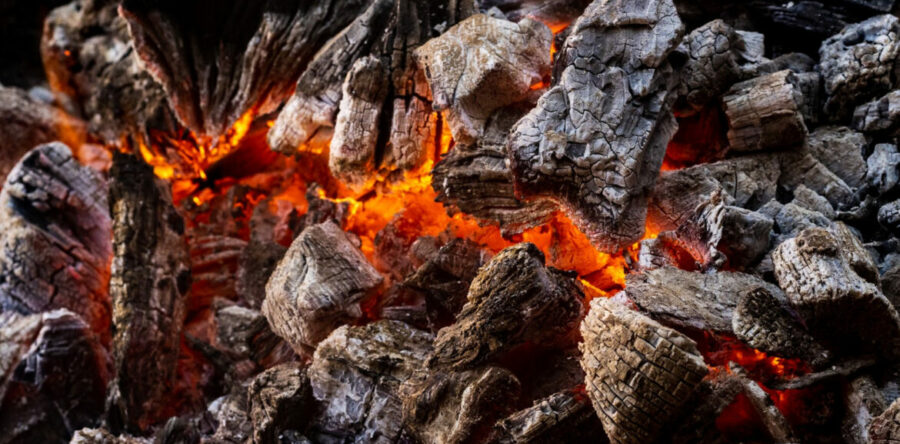
…activate it by using steam or hot air to erode its internal surface, which increases the outside surface area and adsorption rate—the capacity to bind materials to a surface. Because…
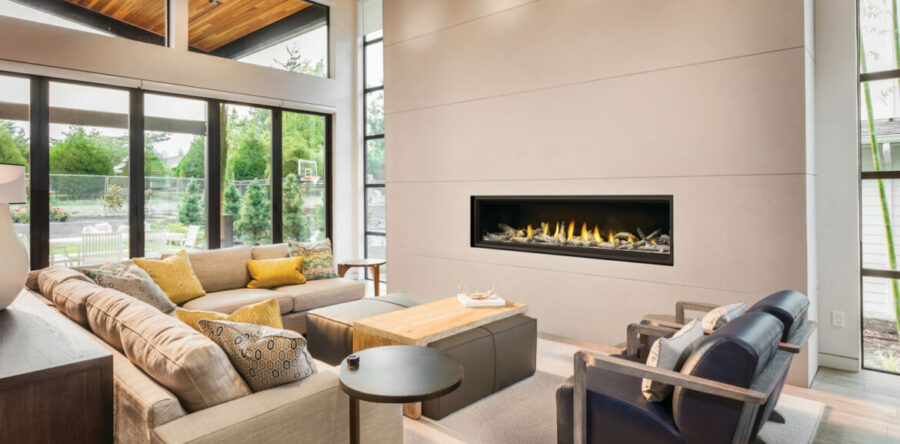
…whisper-like noise as gas moves through the pilot or burner. Fans are the noisiest component on a gas fireplace, insert or stove. The higher the fan speed, the more air…

…hallways to other rooms, it may be difficult to move the heated air from the fireplace. Install a few additional supply and return air ducts and then occasionally turn your…

…impressive air wash system to keep the glass exceptionally clean. Large glass doors that offer an unobstructed and impeccable view of the flames. Easy to use air controls for long…
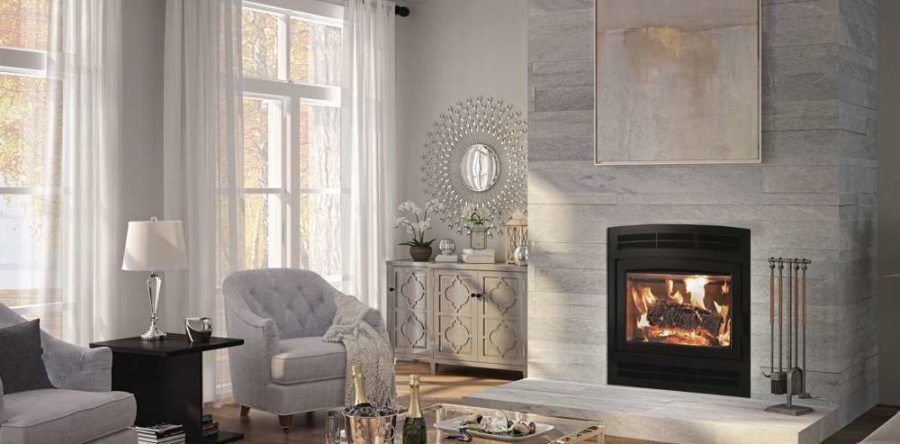
…fireplace generates in one hour. Strangely enough, the same energy unit is used for air conditioning systems. In fact, the calculation is not based on the cold, but on the…
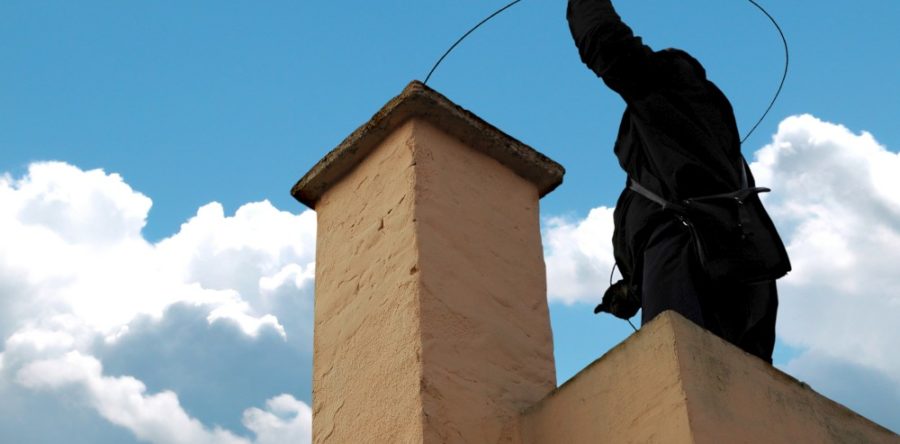
…the air heated or cooled by your central heating and air conditioning system to escape to the outdoors. Unfortunately, dampers often don’t form an adequate seal to help you cut…
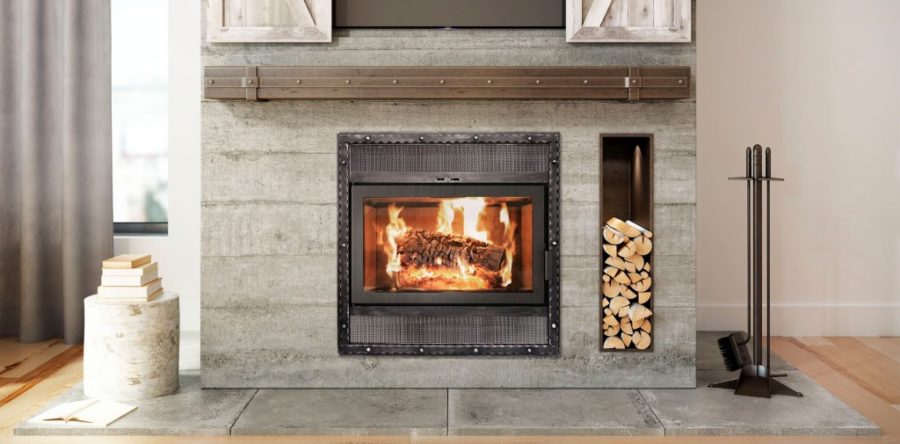
…times faster. The gravity heat management system is another excellent feature of this unit, according to Ms. Hardy. Since it operates without electricity, the hot air, produced in large quantities,…
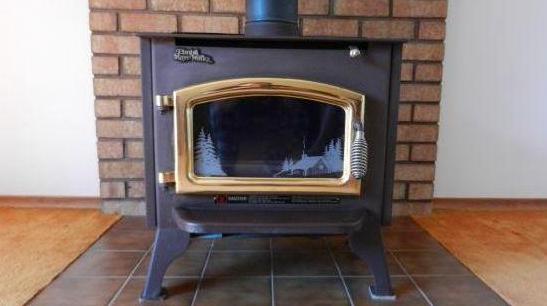
…space. Once the stove is giving off sufficient heat, the air in the stove can be choked down in order to produce smoldering flames or to extinguish the flames altogether….
…is readily accessible and should be kept clean of dust and pet hair. Otherwise, the blower fan will circulate warm air along with the dust and pet hair back into…
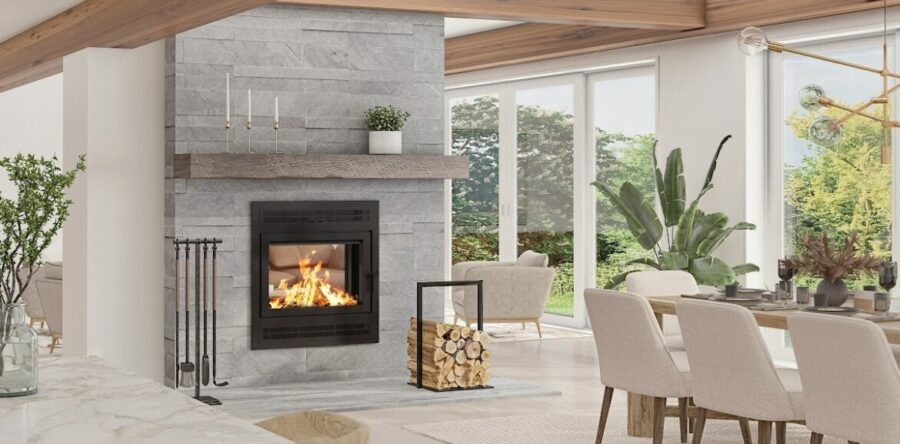
…correct way to do this is to place the ashes in a metal ash bucket with a tight-fitting lid. Gloves: Invest in a good pair; you’ll be wearing them a…
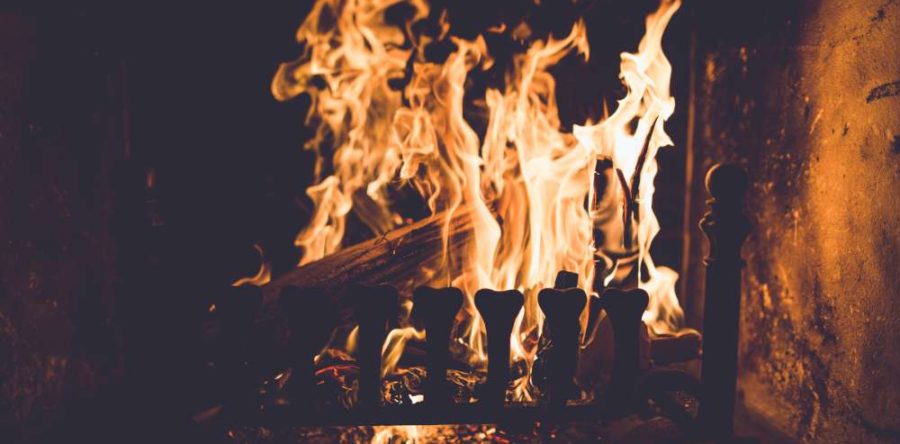
…½ inch of buildup will reduce the airflow by approximately 17% and, in a built chimney it will constrict airflow by approximately 30%. Chimney blockages can also be caused by…

…and bring warmth and relaxation to even the most stressful workdays year-round! Go ahead and gather your favorite pair of woolly socks and your fluffiest blanket; you’re about to achieve…
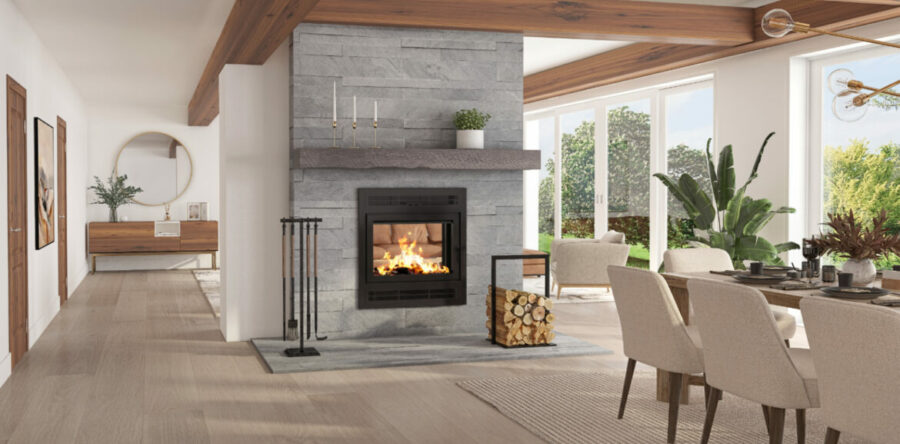
…are more at risk of developing health issues from wood smoke than adults because their respiratory systems are still developing. They also inhale more air since they are generally more…
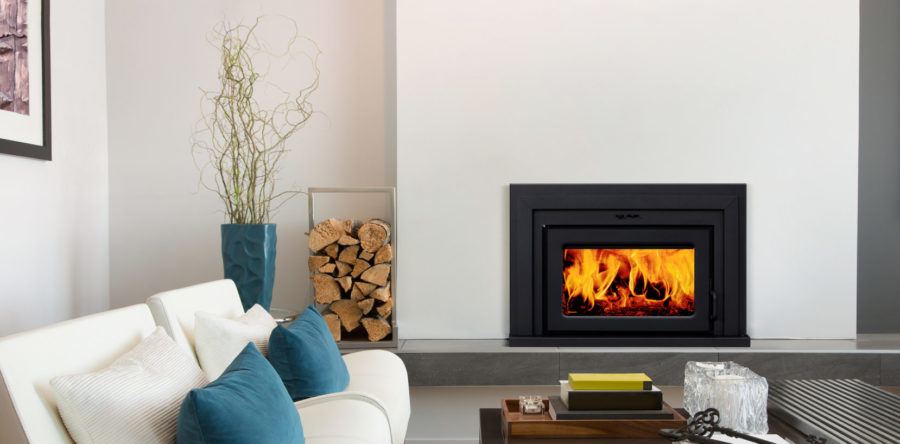
…not there was a proper environment to allow for the drying process. Logs should be stacked in such a way that air can get between the logs and sun can…

…air through these tubes and blows the warm air into the room. A couple other points worth mentioning: 1) Burned pellets leave a very fine ash behind. It almost looks…
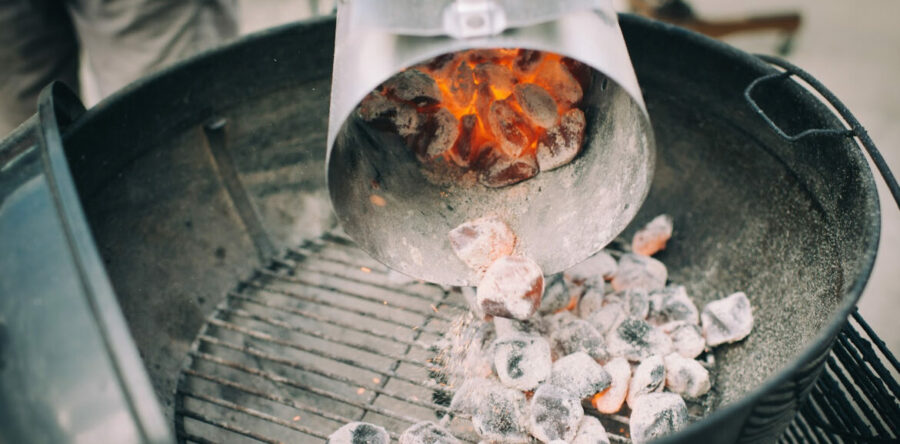
…holes at the bottom to let air circulate. Add some charcoal on the top and crumpled newspaper at the bottom, and voila! Your charcoal is ready in a few minutes….
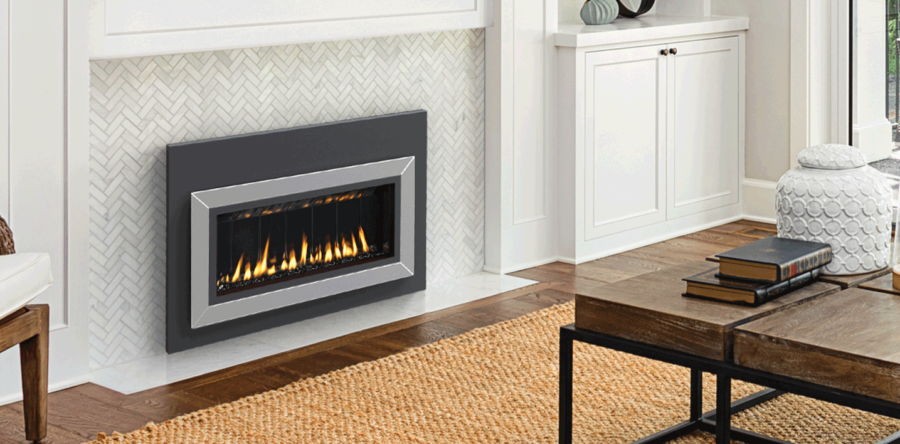
…Embedded in your present hearth, it uses fresh air for combustion. This essential element to any great fire is channeled faster or slower, depending on how the air vent is…

…wood dries much better! Stack it – to allow air to freely circulate through it. Cover it – to keep off rain and snow. But allow the sun to get…
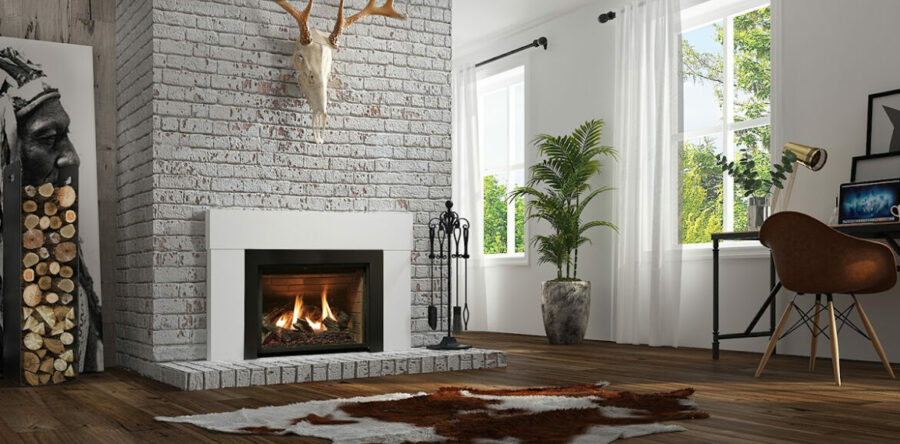
…creative craft projects. Maybe there’s a couch pushed up against it in an attempt to reduce the cold air spilling into the living room. Does any of this sound familiar?…
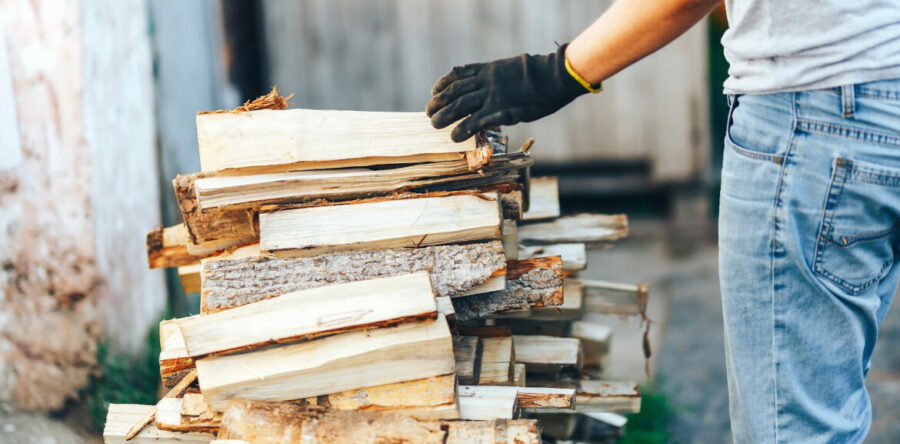
…your entire home or just a portion? Consider a centrally located wood-burning fireplace, stove, or forced air furnace if you want to heat your entire house. Moving the air within…
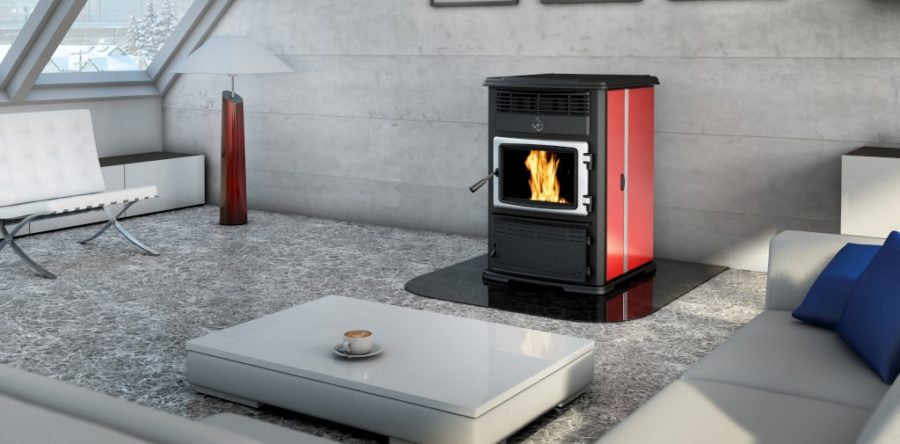
…heat your home in the winter. How? What sets pellet stoves apart from traditional wood stoves and fireplaces is its heat convection feature. Air passes through heat exchangers tubes located…
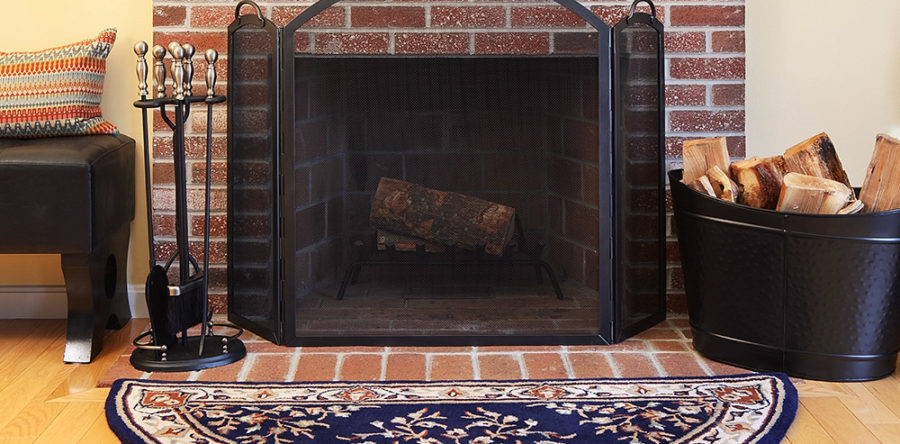
…make sure it’s not so close that sparks can reach it. Tongs Fireplace toolsets don’t always include a pair of tongs, but it’s a useful tool that can help you…
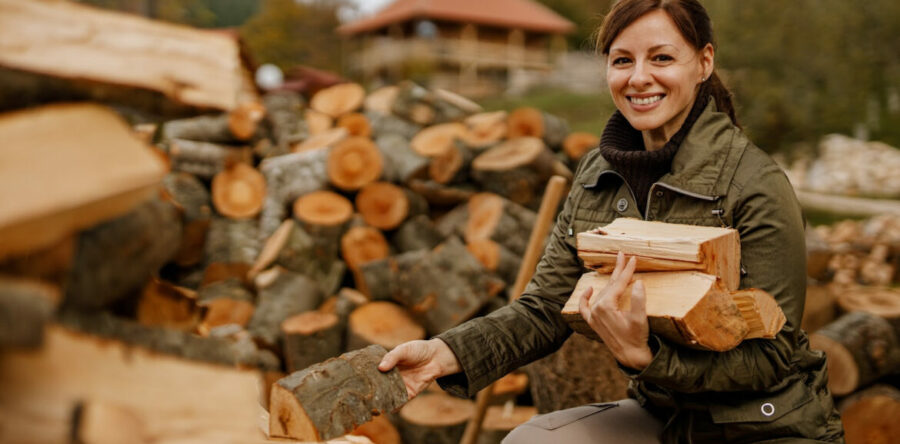
…very important for drying wood, but shortened daylight hours in winter are not particularly helpful. The drier winter air helps pull moisture from the wood, but this process is slower…
A direct vented gas fireplace must be operated with the glass in place. This glass has a gasketed seal that prevents any air from the room from entering the firebox….
…reduced with a double wall connector pipe. Double wall connector is not an insulated pipe. It is air-cooled and has an inner stainless steel pipe and an outer black stove…
…it restricts airflow, trapping smoke and dangerous fumes like carbon monoxide (CO) inside your home. CO is an odorless and invisible gas that can be deadly, so keeping your damper…
…by-products include: water vapor, carbon monoxide, nitrogen oxides, carbon dioxide, sulphur dioxide and other particulate matter. Indoor air quality will be affected. It can be a dangerous and even deadly…
Today’s gas fireplaces operate with a sealed combustion system. This means the venting system provides combustion air from the outside, not your room. This venting system may go through a…
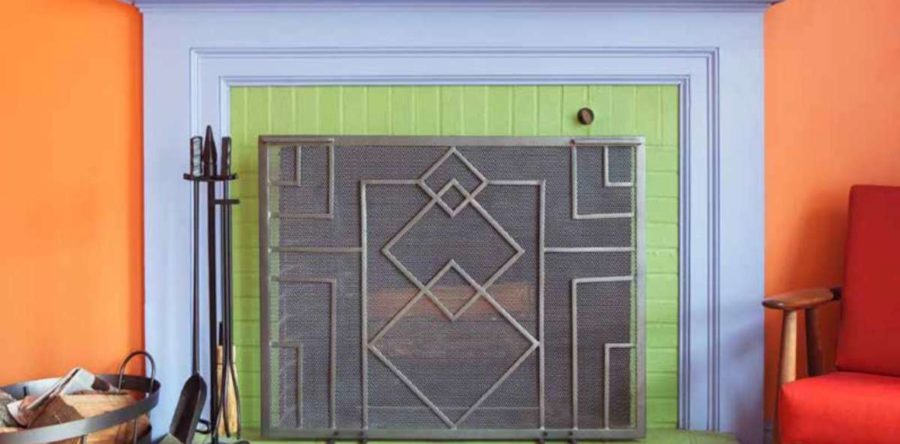
…are very effective at eliminating that blast of cold air from an open damper. Regardless of the type of fireplace you have, doors are available from your ‘We Love Fire/United…
…today’s modern stoves cut emissions by over 70 percent. Installing EPA-certified woodburning appliances have dramatic impacts on the indoor and outdoor air quality of communities, and woodstove changeout programs are…

…a gallon of paint or pair of jeans, there are lots of other important questions to consider before making a purchase. Definition: a fireplace “insert” is a fireplace, engineered and…
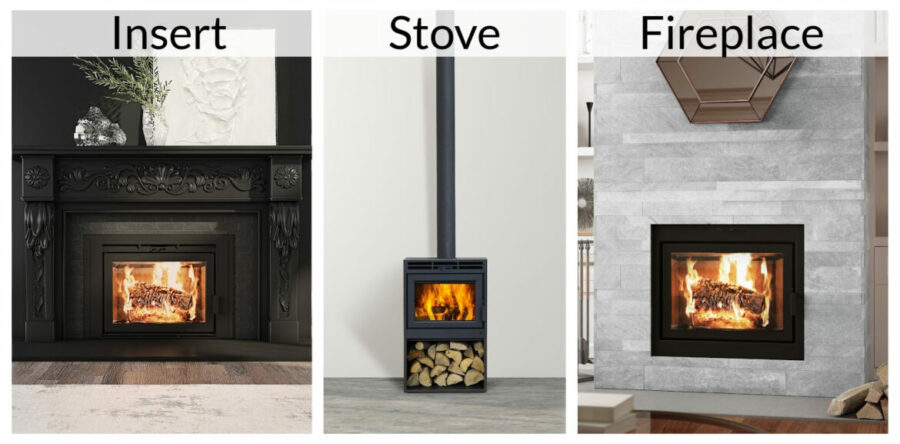
…will have optional fans to move air through specially designed air chambers in order to utilize convective heat as well as radiate heat. To better understand the three types of…
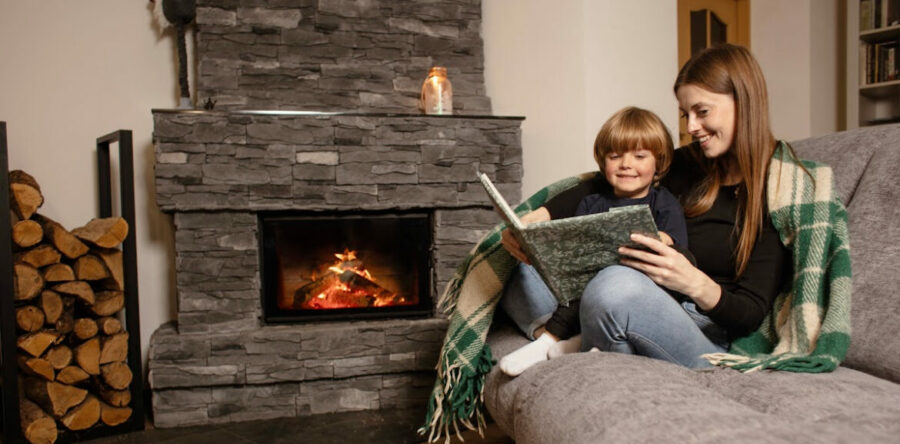
…around the fireplace, free from flammable materials like curtains, furniture, and papers. Nothing should obstruct the airflow or get too close to the flames. Safety Screens or Doors: Shields from…
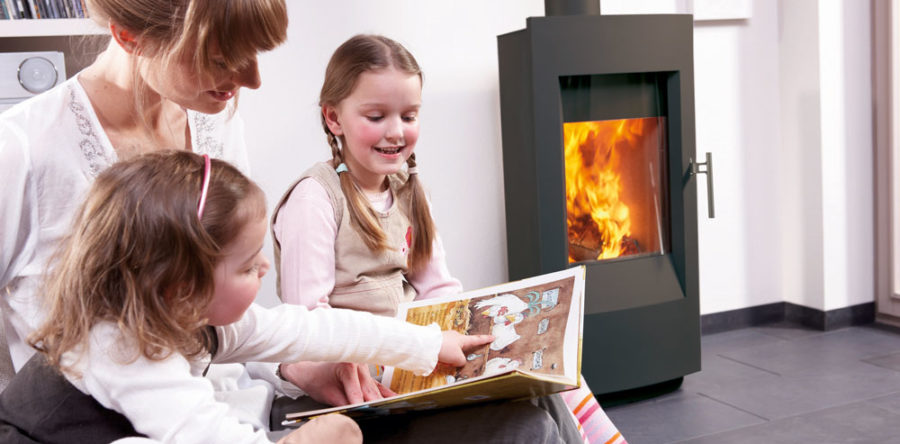
…needing a good cleaning or maybe repair. It could also be that your home is very airtight, and we would need to supply fresh air to your fireplace. It could…
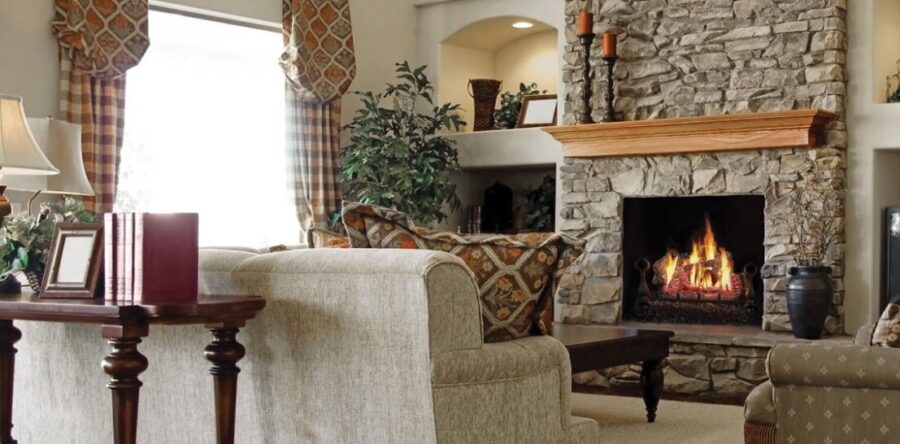
…the gas insert. Again, the damper should be removed or permanently blocked open. A two-liner system is used to correctly vent the gas insert and to provide combustion air. If…
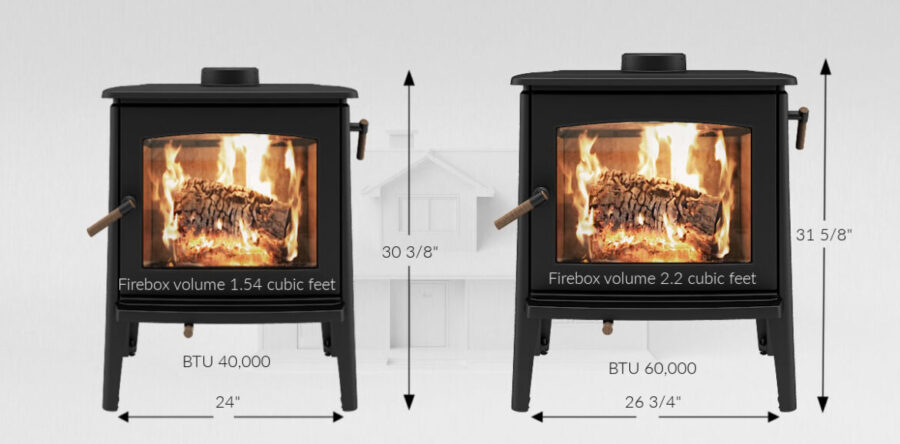
…same. Some are rated by the EPA and have efficiency numbers in the mid-70’s. The doors on these units are gasketed, air controls allow for long burn times and many…
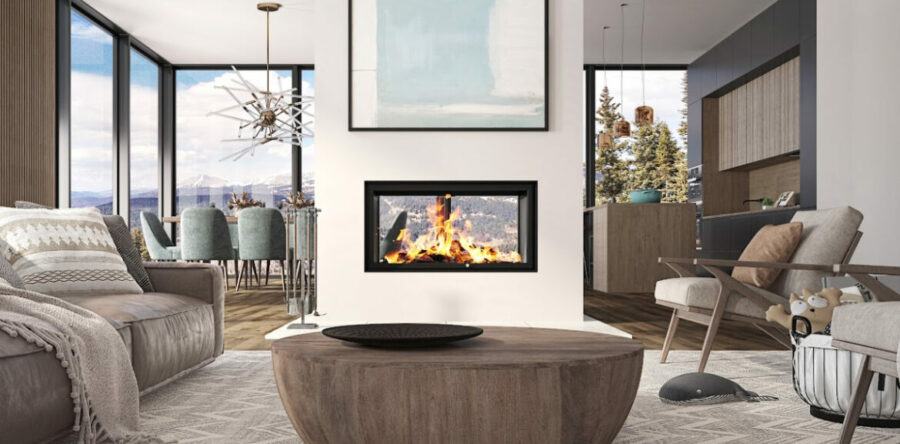
…fires. Make it a family affair and try to get a year ahead with your wood supply. Have the kids help cut, split, stack and cover the wood. Do it…
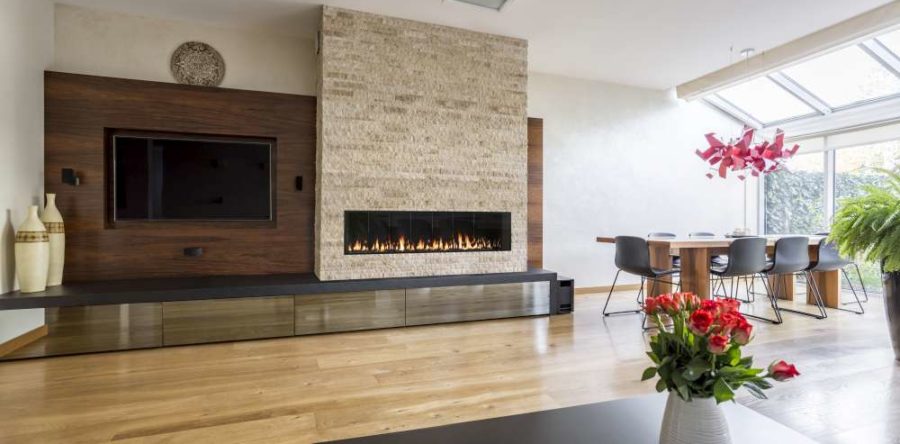
…sources inside the home, especially if you are running air conditioning inside the house. When your pilot light is off, you save money and help to conserve energy. The constant…

…feel like they’re turning blue from the icy air. No matter how many times you bring them up to your lips to exhale, trying to warm them, you still cannot…
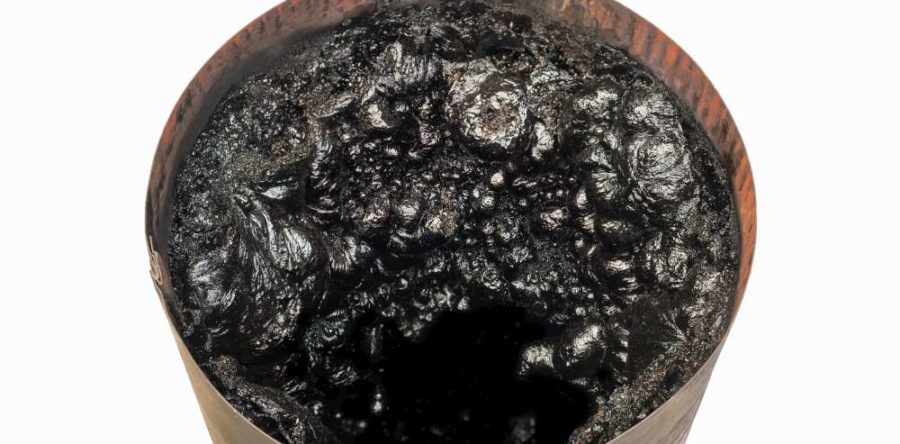
…log. Ensure your fire has sufficient airflow Air is essential for efficient fire. If your fireplace is equipped with glass doors, it is wise to keep them open so your…
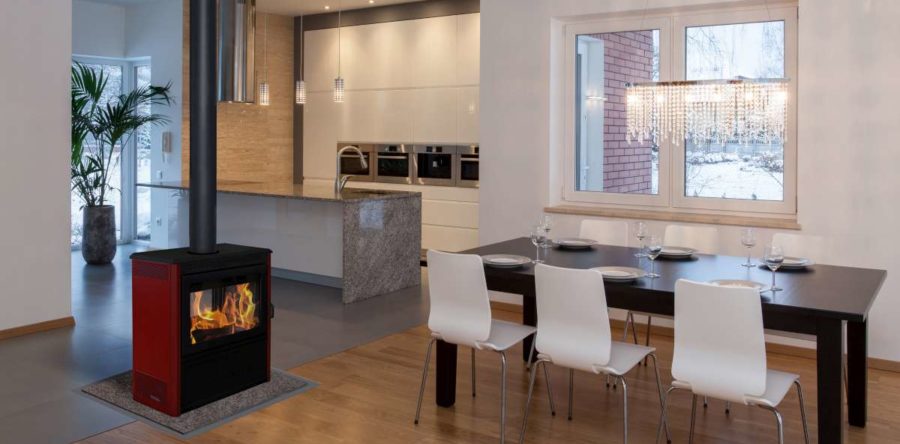
…a good idea to have any heating equipment checked by a professional prior to the heating season. This includes your fireplace, insert or stove, your forced air furnace or boiler…

…yours this summer. Pergolas For years, homeowners have questioned : “Why” someone would add an “open air” pergola to their backyard? However, with more awareness and education, homeowners are now…
…embers and sparks where they belong, inside the firebox. If your door is gasketed, it will help control the amount of air allowed to the fire. This provides much longer…
…everywhere. As its name implies, it is basically a 6-inch single-wall tube with holes at the bottom to let air circulate. You add some charcoal on the top and crumpled…
…on your face! Bettendorf, IA Fireplaces Plus, Inc. 1745 State Street Bettendorf, IA 52722 Visit Store Page Cedar Rapids, IA Colony Heating & Air Conditioning 2224 16th Avenue SW Cedar…
…a small air space between a stainless steel inner pipe and a galvanized outer pipe. Since the exhaust on pellet equipment is pressurized, all joints between pipe components must be…

…hosting in your kitchen. Plants will add a touch of nature and fresh air to any space. Consider adding a few potted plants or a small herb garden on your…
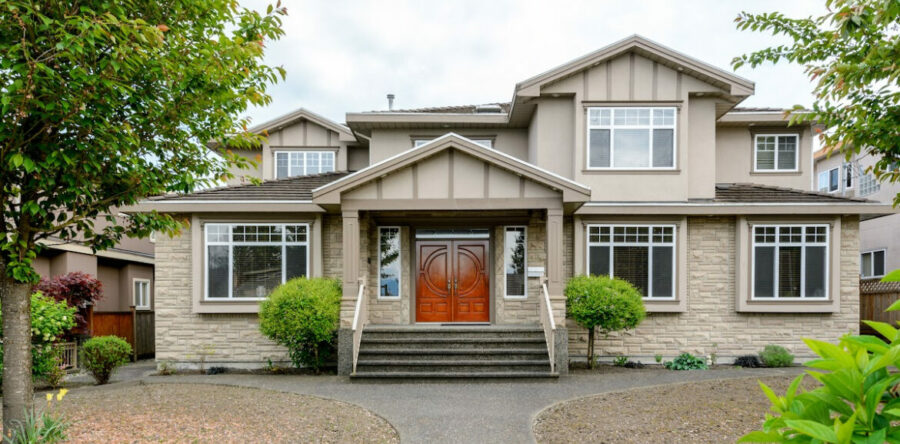
…inside by setting large potted plants in otherwise forgotten corners and purifying the air in the same step. Play with various colors, lines, and shapes to really capture the essence…

…air is filled with the inviting scent of baked bread while candles cast a flickering light all around you. This is the essence of the cozy lifestyle hygge can provide…
…endure in soil for thousands of years. It is inert. Allow the flow of air through the potting mix. Retain moisture and help in good drainage. Retains (adsorbs) excess nutrients…
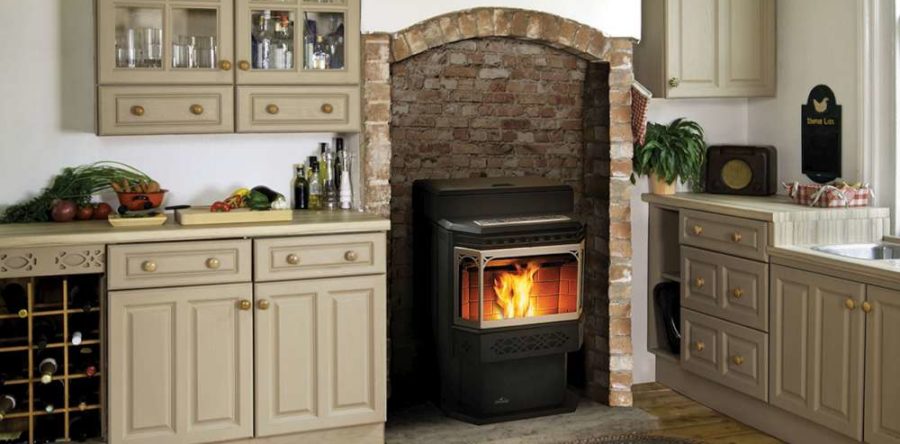
…your shop vac and simply vacuum out the fly ash from your stove: DON’T DO IT! If you use a household vacuum or shop vac, you’ll get fly ash air-born….
…from one gas fireplace. Not surprisingly, even more than a larger wood-burning stove or fireplace. Heating a home is all about BTUs. Many modest size homes have forced air furnaces…
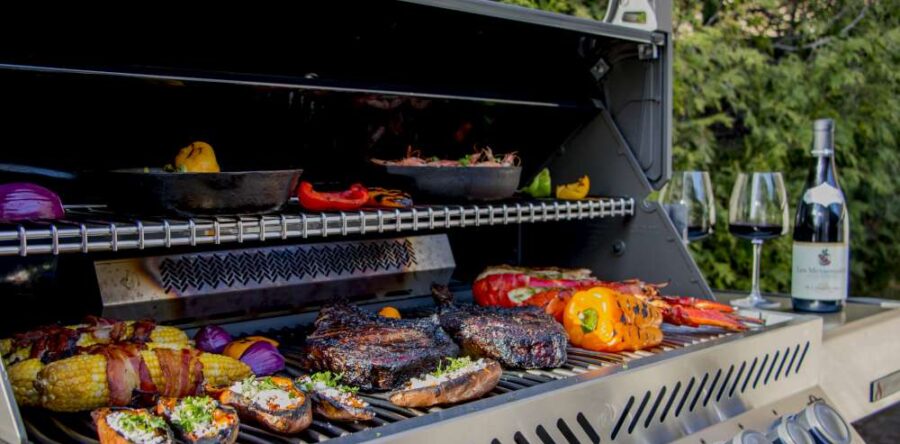
…that works by heating matter instead of increasing the air temperature. This sears the juices into the meat and they’re trapped inside, which has several advantages and is also a…

…“stall” technique may come in to play here. If your temperature of the meat doesn’t seem to be increasing much, don’t despair! Just maintain the course and the internal temperature…
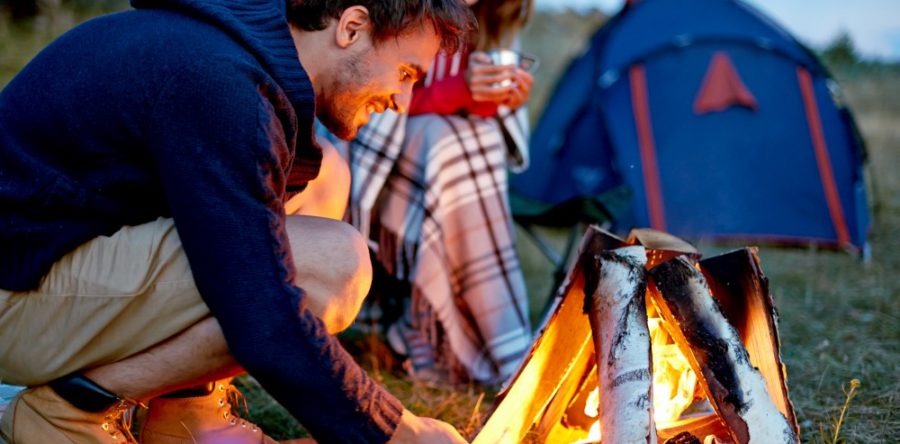
…form a conical shape. Finally, prop a dry log in the middle to form a “teepee”. Then try to light your fire. If it doesn’t catch, blow more air on…
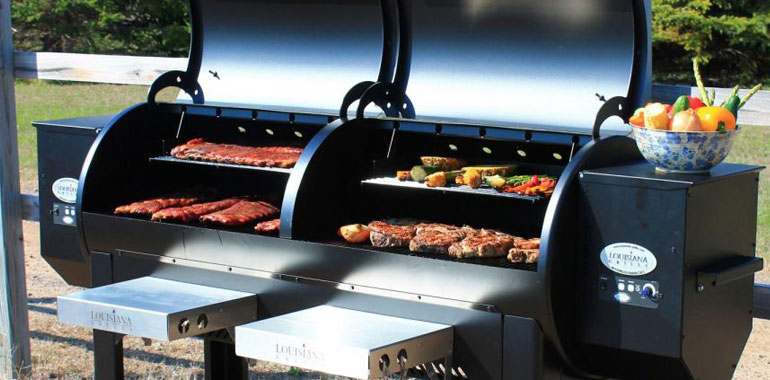
…to maintain the temperature you set. Additionally, they use intermittent fans that blow quick puffs of air to achieve even the most precise of temperature changes. Some brands have digital…
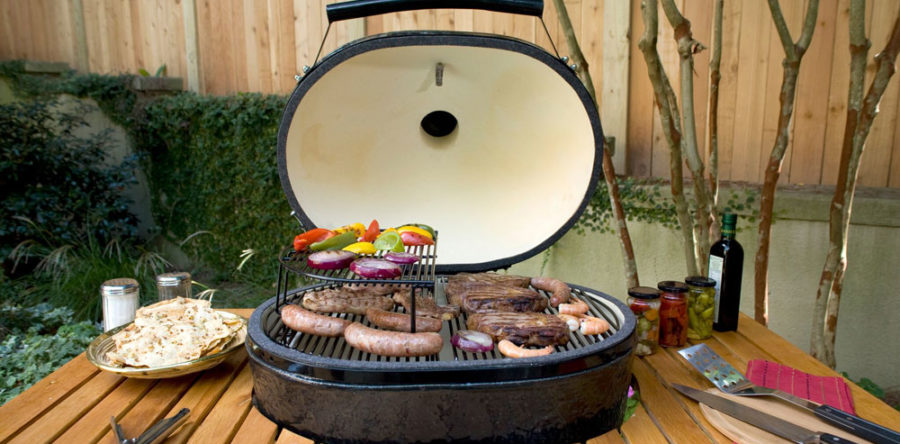
The summer heat, fresh air, grilling your food outdoors and ending the evening around the fire surrounded by family and friends, all are opportunities to spend more great time in…
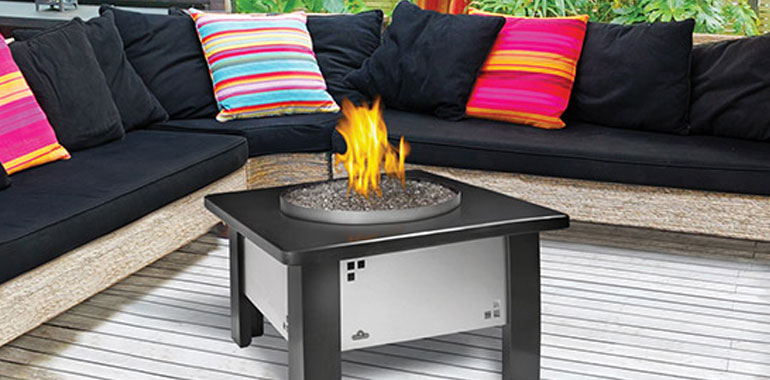
…area. Whether it’s open-air, a three or four seasons room, pool-side or maybe a covered and screened deck, an outdoor gas fireplace will be a great solution to providing that…
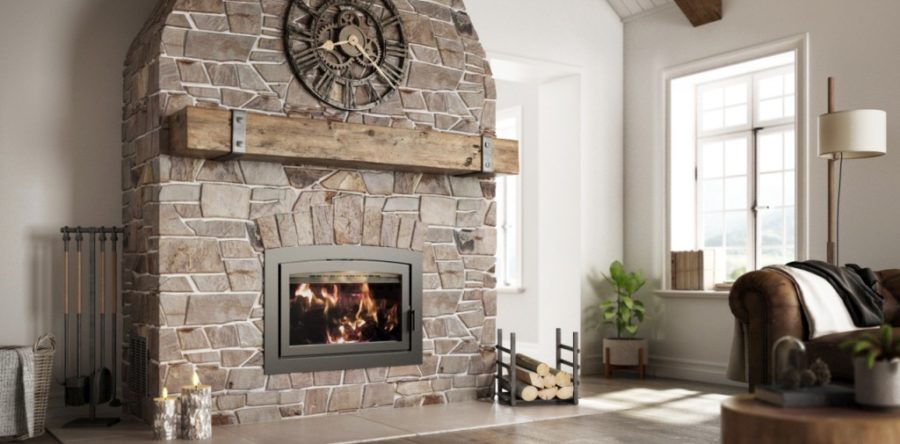
…air blanket built in which keeps the outer wall cool. The amount of clearance needed between these fireplaces and combustible materials is only about one-half inch, which is why they…

…shape, too much cold air is entering through the hearth, or you simply want to improve its efficiency, get an insert put in. Even if you start with a wood…

…soup, hearty beef stew, or tender braised chicken filling the air. These dishes not only warm the soul but also evoke a sense of nostalgia and comfort. Start with a…
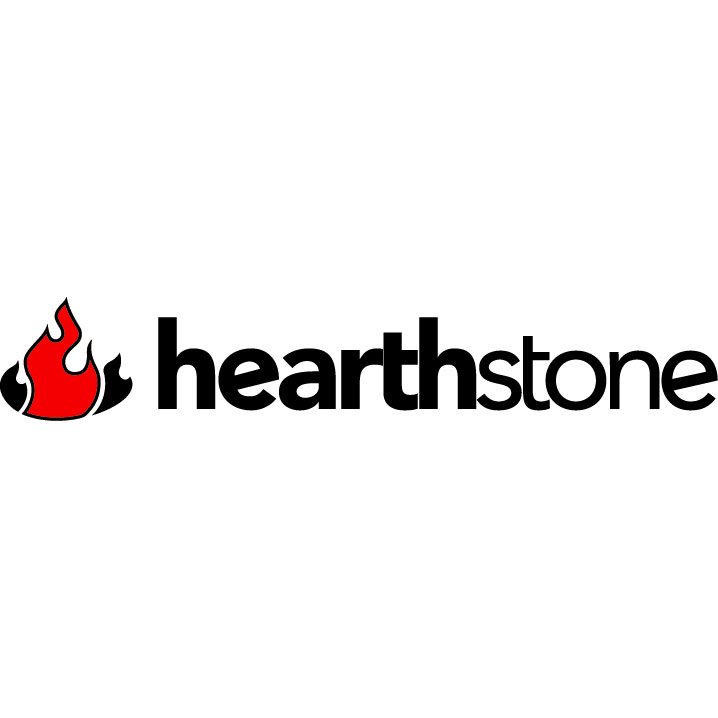
…the catalyst. Our system combines primary and secondary combustion air with tertiary combustion using a catalyst. This cleans up and eliminates any unburned smoke particles and gases. It may sound…
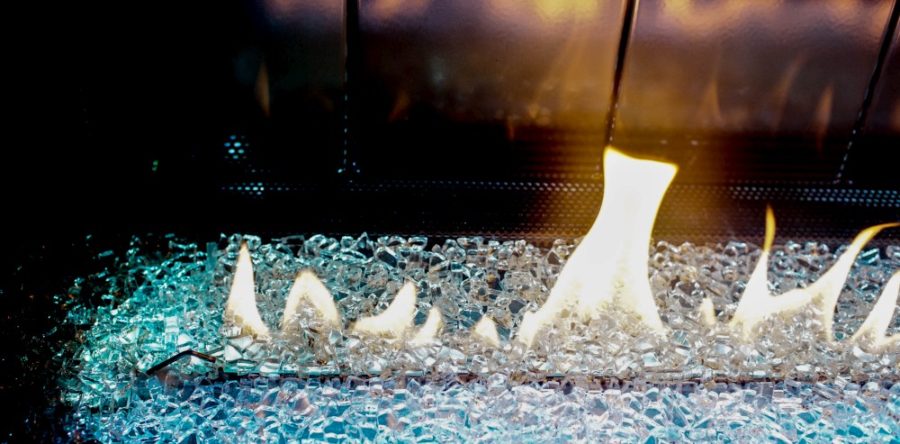
…10 – Environmentally Friendly. Gas is energy efficient and environmentally friendly. There are fewer emissions in the air when you use gas, compared to other heating options. The efficiency ratings…
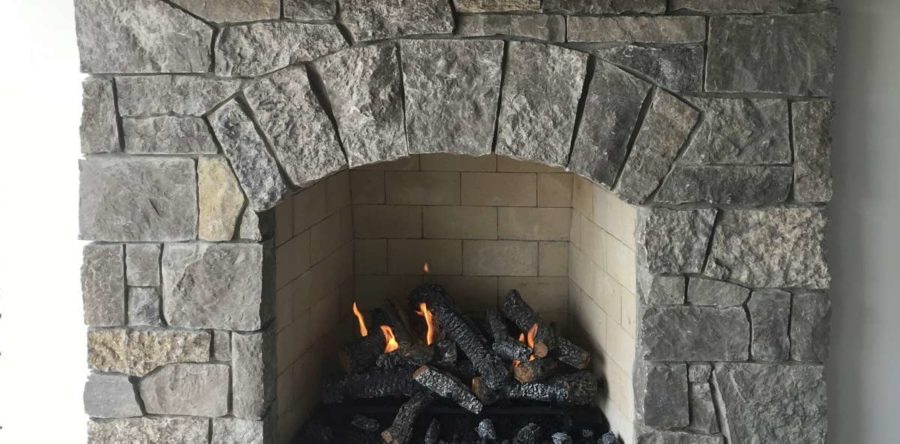
…a special cap that is designed to seal the flue at the top. It locks out the weather, pests and keeps the warm air in the house from moving up…
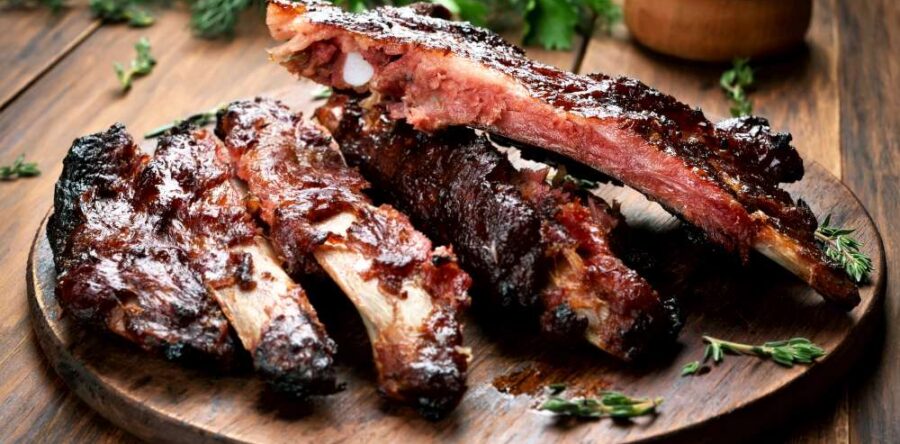
…so difficult to cook? Well, as the aforementioned article points out (you did read it, right?) Pork ribs have a fair amount of connective tissue such as tendons and a…

…the flame of your Soul! Dare to add air to the spark. Someday you’ll glow like a cozy fire in Automn” -We Love Fire “September – It’s finally cozy times.”…
…to be installed into a mobile or manufactured home. Other items include: 1) An outside air kit must be installed. 2) The stove most be permanently fastened to the floor….
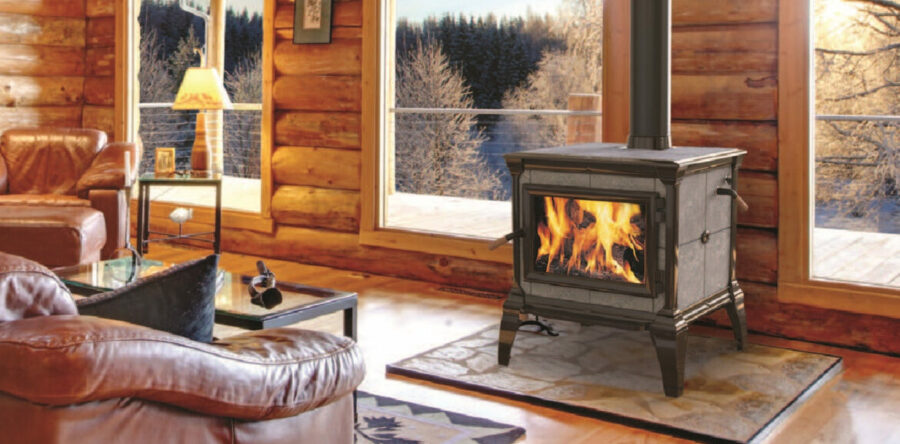
…cast-iron frame. The stoves are designed with highly efficient reburn systems, strict air control, and are easy to operate. Many dealers and satisfied customers often consider a soapstone stove as…
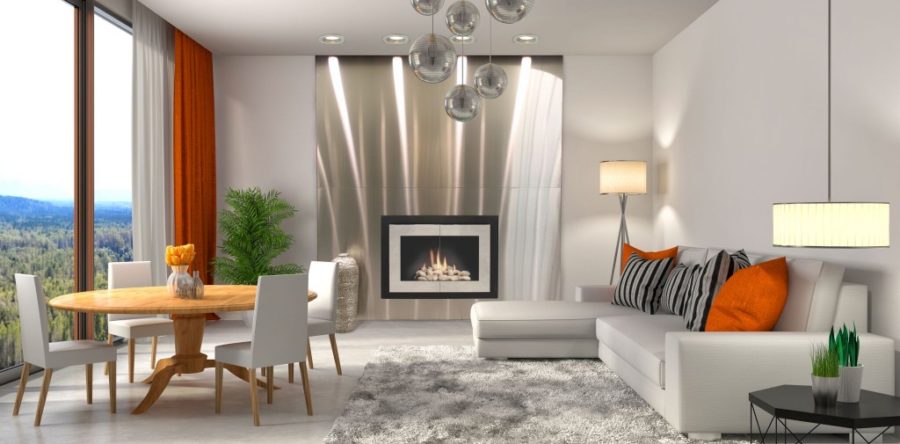
…set up in more places. As for wood-burning fireplaces, some models are now equipped with a technology that forces hot air to move to other rooms than the one where…

…electrical power outage? Can a gas fireplace be expected to heat? A forced air furnace will not operate without power. Can I use a gas fireplace without electricity? Before we…
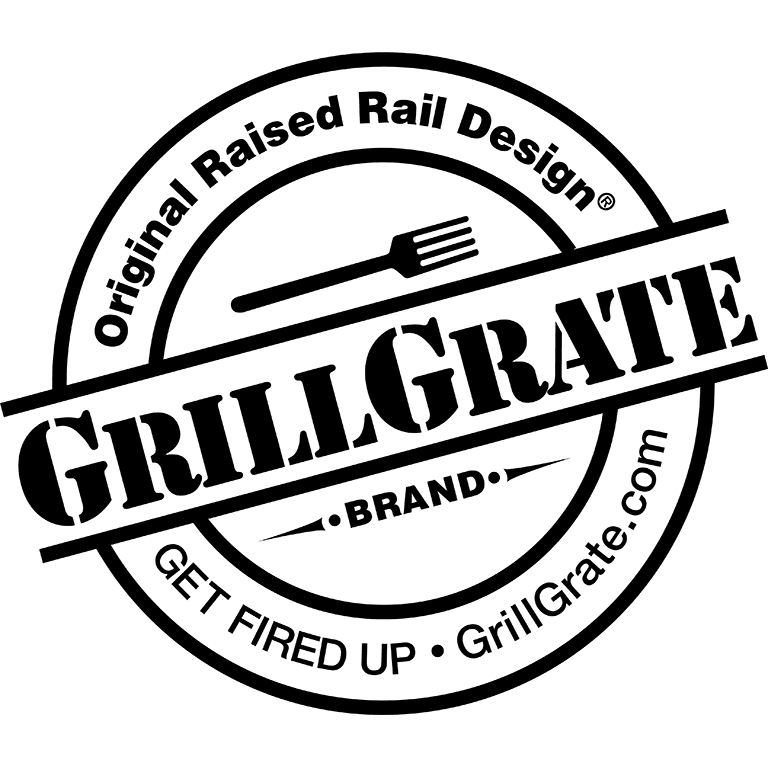
…hotter. The GrillGrate surface cooking temperature will be 100 – 200˚ F hotter than the air temperature in the appliance. How so? GrillGrate are made of hard, anodized aluminum, a…

…vents at the bottom and top of the grill. The more air going through, the hotter your grill gets. You can cook with both direct and indirect heat, although for…

…of a seasonal tradition. You probably scrub your house down for spring cleaning and air it out as soon as the nice weather arrives. Preparing your fireplace for the off-season…
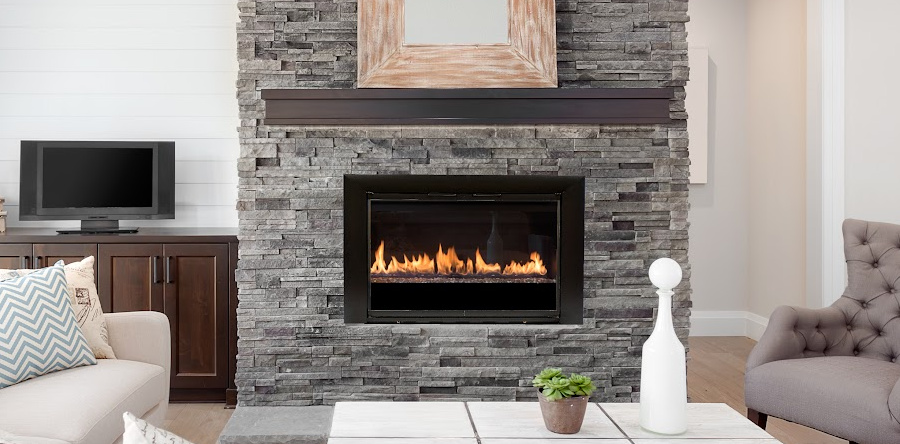
…(DV) gas fireplace is often vented through an exterior side wall of the house. A DV fireplace relies on outside air for combustion and the glass is permanently sealed on…
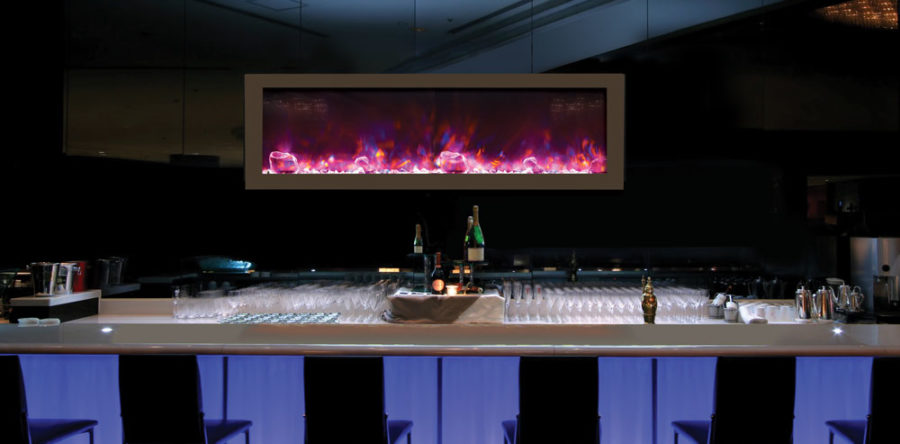
…with the remote. The fireplace will then provide a subliminal cooling effect! Enjoy your beautiful fireplace in July with your central air conditioning running! NUMBER 1: VERSATILITY The ease and…
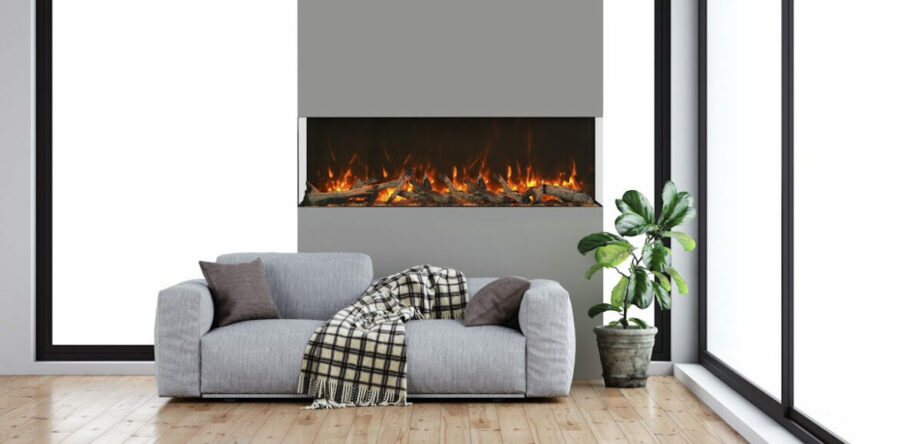
…burner capable of 20-40,000 BTU’s and wood fireplaces and stoves will range from 15-60,000 BTU’s per hour. A forced air furnace in an 1800-2000 square foot home is probably 80-100,000…

…an “air cooled” stainless steel chimney is always used with zero clearance or factory built fireplace. Although safety codes have required a flue liner in masonry chimneys for several dozen…

…If energy efficiency is particularly important, trackless doors are the best choice as they have fewer seams to allow air to come through. Doors are therefore more hermetic..Trackless doors are…
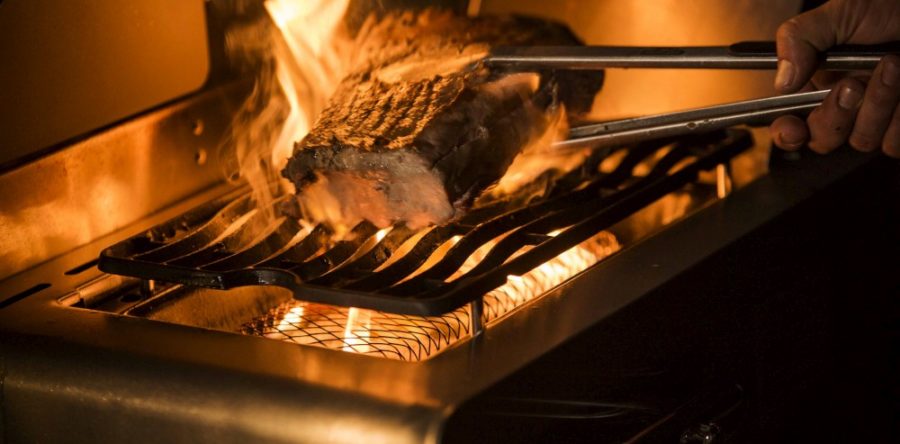
…on barbecues as the sun does on the earth, providing a radiant heat that cooks food directly rather than increasing the surrounding air temperature. This powerful heat is created by…

Imagine the mouthwatering aroma of sizzling barbecue wafting through the air on a warm summer day. For many, the thought of a perfectly grilled steak or tender, smoky ribs is…
…steam or hot air to erode its internal surface, which increases the outside surface area and its adsorption rate—the capacity to bind materials to a surface. Because of those adsorption…
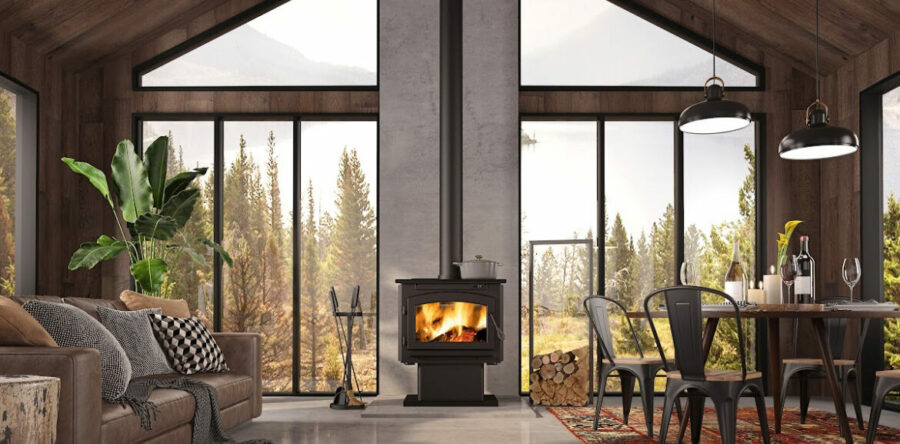
…pad off the floor with a pedestal base built from metal studs is another way to get a higher R-value. The dead air space between the pedestal and the floor…
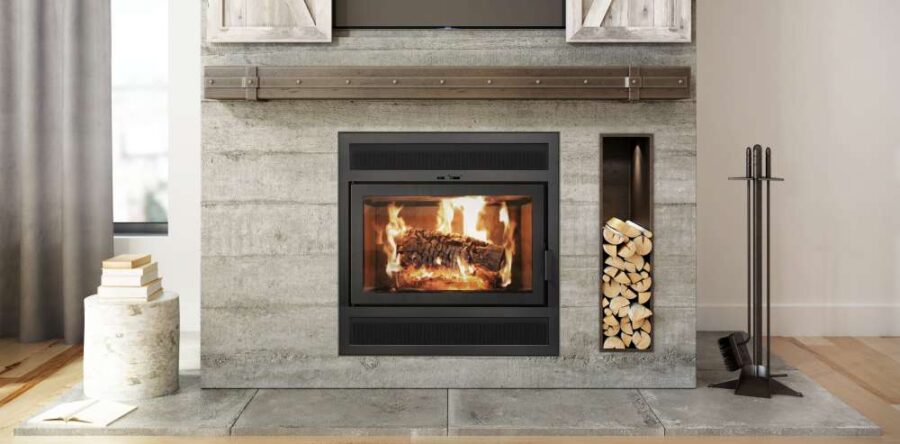
…are several heating, ventilating and air conditioning (HVAC) shops that are fireplace dealers as well. Make sure these contractors are up-to-date on the latest standards and technologies and are certified…
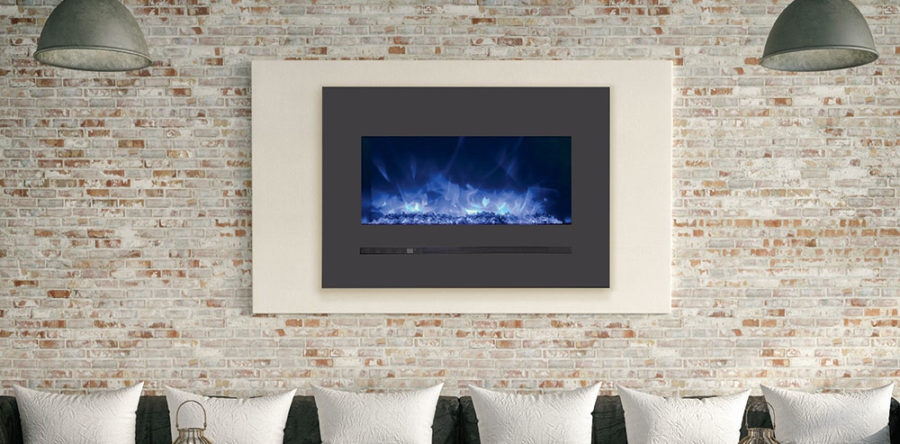
…independently. This allows you to create a beautiful fireplace scene without creating heat – perfect for 95-degree evenings when you have the air conditioning running full blast. In summary, electric…
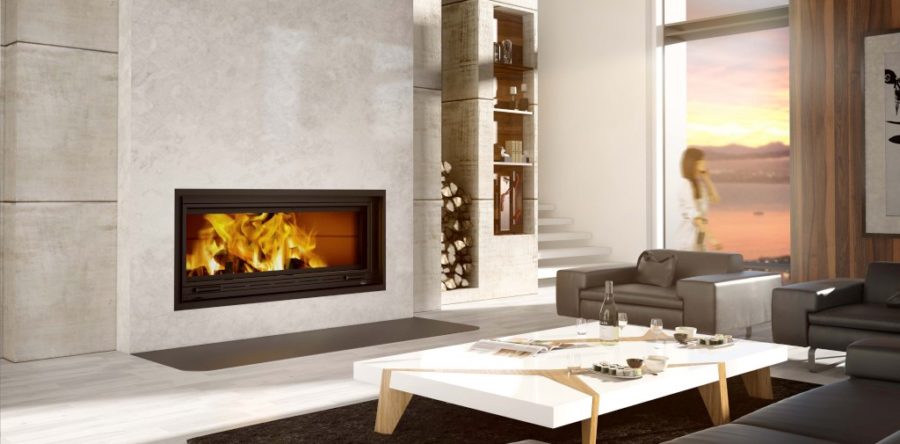
For convection heat, air blows over a heating element and absorbs the heat, which is then blown by convection into your room. This lifts the ambient temperature and creates warmth….
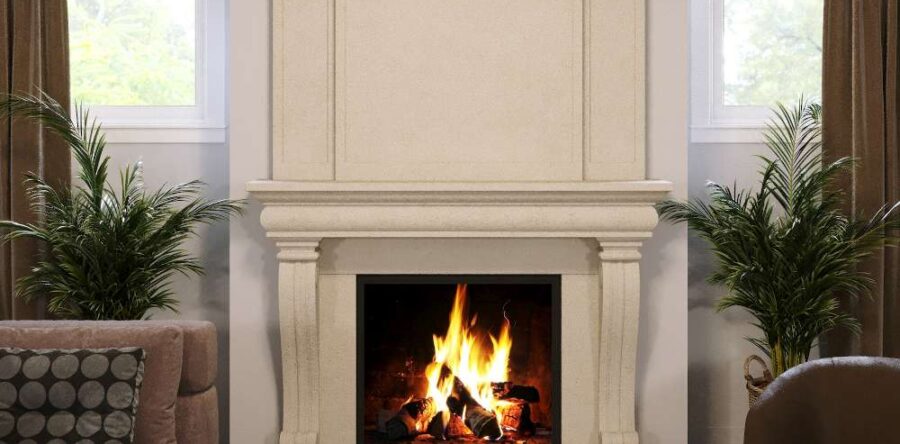
…non-combustible insulating material, like mineral fiber or ceramic board, and/or a specific cement board or air space thickness. WHAT ABOUT WOOD BURNING INSERTS? Wood-burning inserts are trendy appliances used to…

…has a reflector behind it that will reflect the heat back into the room. A small fan provides aid by moving cooler air from the room, heating it and gently…
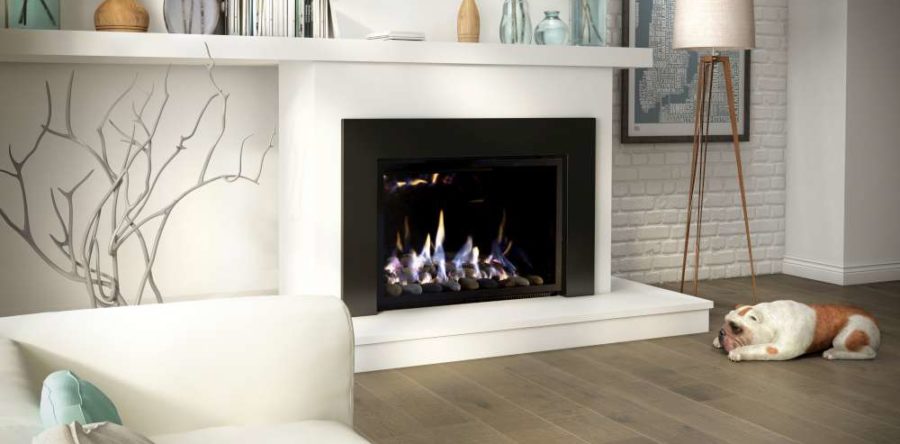
…your glass doors in the first place, burn your fire with the air control open. This keeps the smoke away from the surface, making it harder for deposits to form….
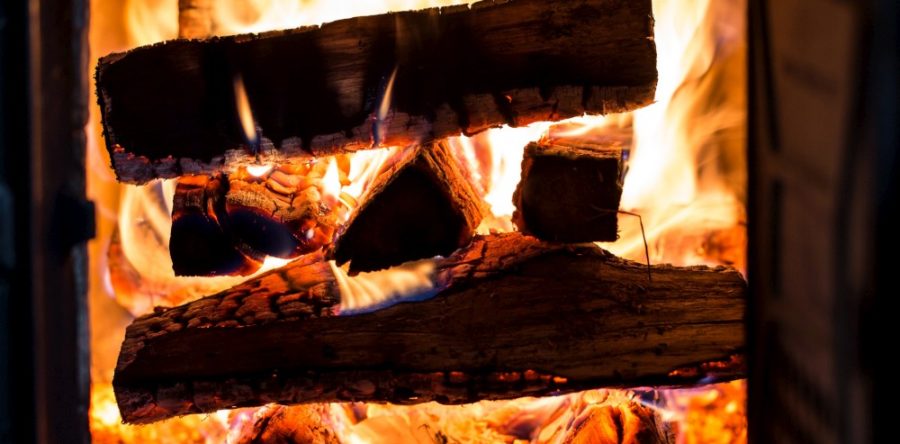
…that the flames will negatively affect the paint, because they won’t. Second, if you give your stove a few days to “adjust,” the smell of paint should be gone. If,…
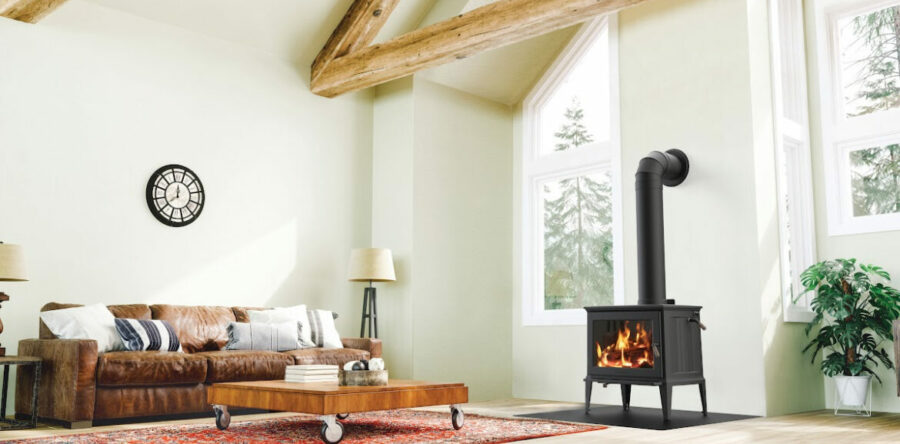
…and you have access to an air compressor, blow off all the dust. This is also the time to remove any old gasketing by thoroughly scraping the door and glass…

…vented vertically. Two, 4” flexible aluminum vent pipes are installed in the chimney. One of these is for the exhaust gases to leave the unit, the other for combustion air…
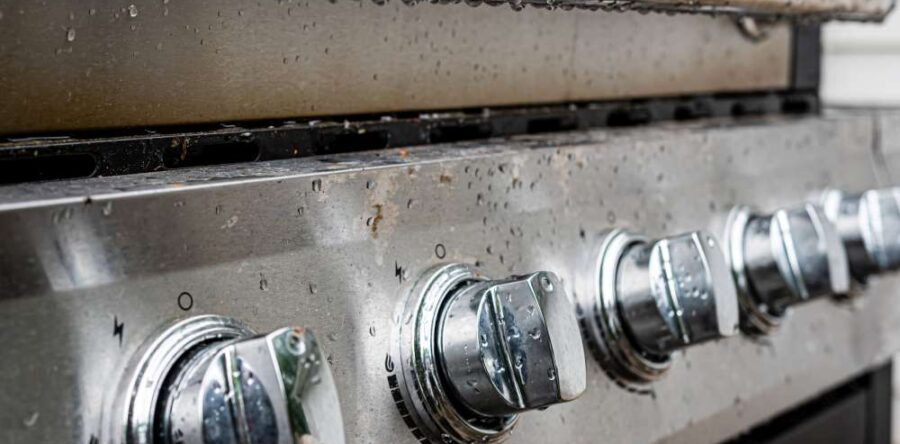
…cause your grill to prematurely rust. Here are some features to look for: 1) Venting: Some better grill covers provide air vents to avoid trapping moisture. 2) Size and ease…

This is not uncommon. Combustion air levels could be a bit low and the draft will take a couple of minutes to get well established. It normally takes a few…
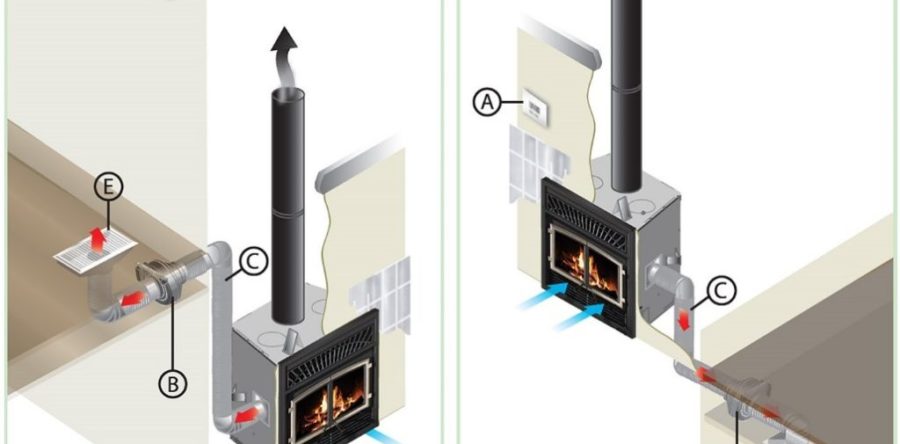
…or fireplace insert. Family rooms, living rooms, great rooms and homes with an open kitchen/dining/living design are prime candidates for zone heating. Your forced air furnace is probably operating with…

…to the question . . . it’s: yes! Older masonry chimneys are often repaired, relined and rebuilt. There are many trustworthy chimney repair businesses’ around, but be sure to check…

…‘cure’ and some of the finish will burn off. All you need to do is let some fresh air into your room and the initial smell will soon disappear. If…
…fan provides aid by moving cooler air from the room, heating it and gently recycling it back into the room. Electric fireplaces can operate with or without the heat on….
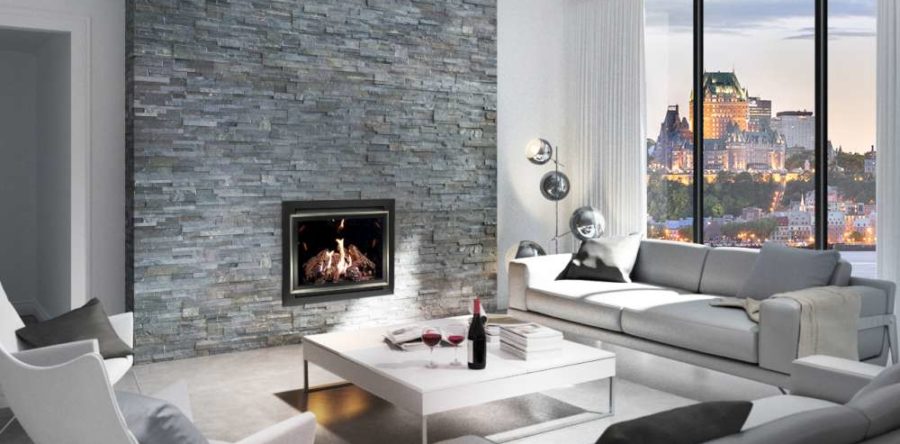
…monitor the amount of air feeding the fire in a masonry fireplace, rendering it inefficient when compared to other fireplaces or stoves. Installing an insert will improve its efficiency and…
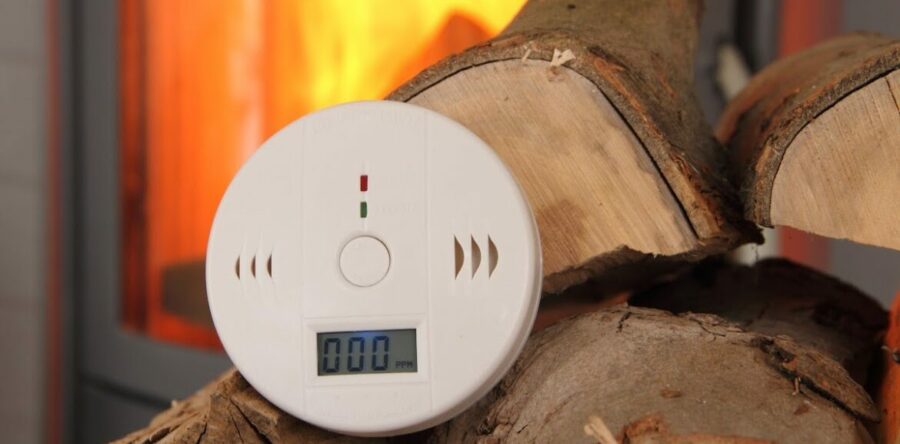
…very subtle and frequently dismissed as not “feeling well.” CO poisoning is a medical emergency since your health can deteriorate very quickly. Get those affected into the fresh air at…

…accessory lifts the logs off the fireplace ground, leaving more room for air circulation. This results in better wood combustion. Fireplace grates also prevent logs from moving and falling off…
…fireplace might have a burner capable of 20-40,000 BTU’s and wood fireplaces and stoves will range from 15-60,000 BTU’s per hour. A forced air furnace in an 1800-2000 square foot…
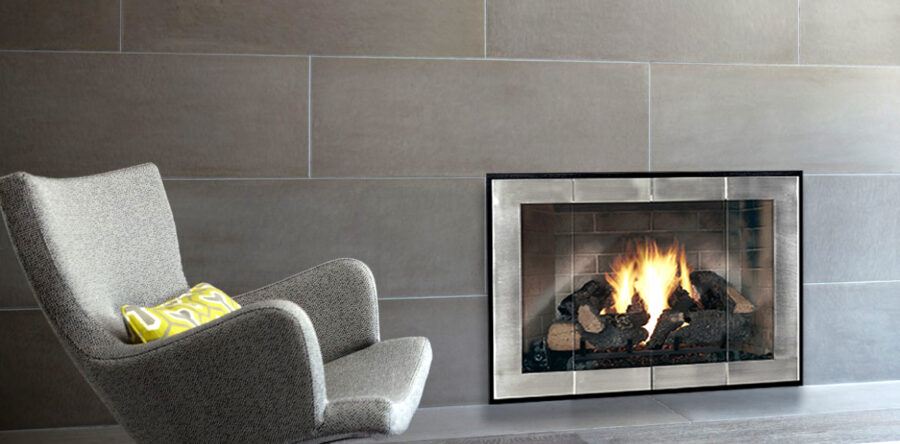
Updating your fireplace doors is a sensible project. It will prevent warm air in the room from being pulled up the chimney and can give your fireplace and family room,…
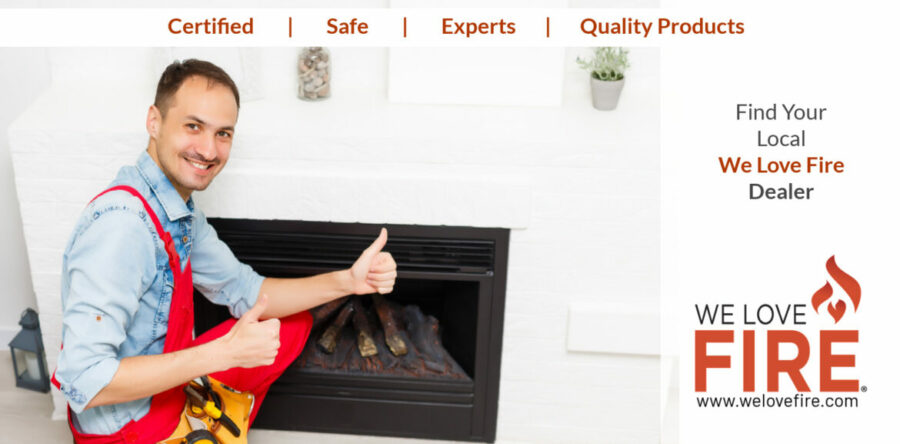
…pipe? Can they be reduced? Can you cut and thread black gas pipe? Do you own a manometer to check gas pressures? How about an electronic gas sniffer for detecting…

…get the maximum benefit out of your non-catalytic wood stove, follow the manufacturer-recommended operation instructions, particularly with regards to the use of air control and log placement. Additional aspects to…
…that is moving air through the heat exchange tubes can be adjusted from low to high. If your equipment is installed with a thermostat, the burn rate and the speed…
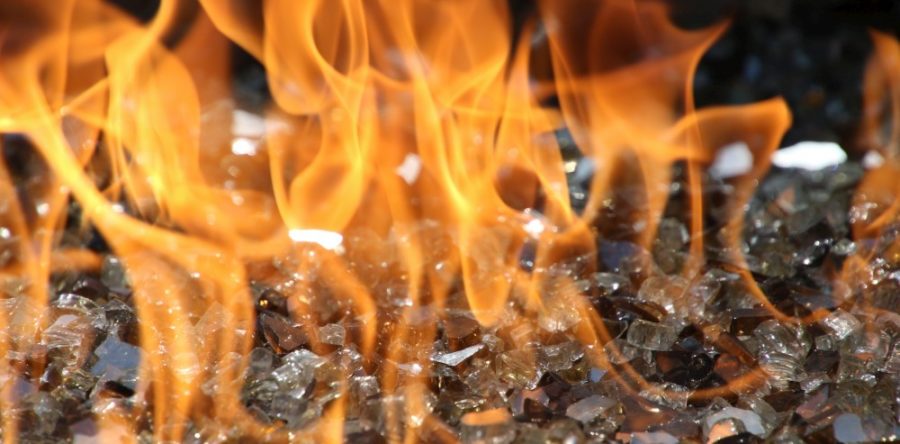
…away from the fireplace through one of the pipes; clean air is brought to the fireplace through the second pipe. Gas stoves Gas stoves provide ultimate heat for an area…
If you buy a new wood stove today, it must comply with the Environmental Protection Agency’s (EPA) 2020 New Source Performance Standard emissions for clean air. This standard requires manufacturers…